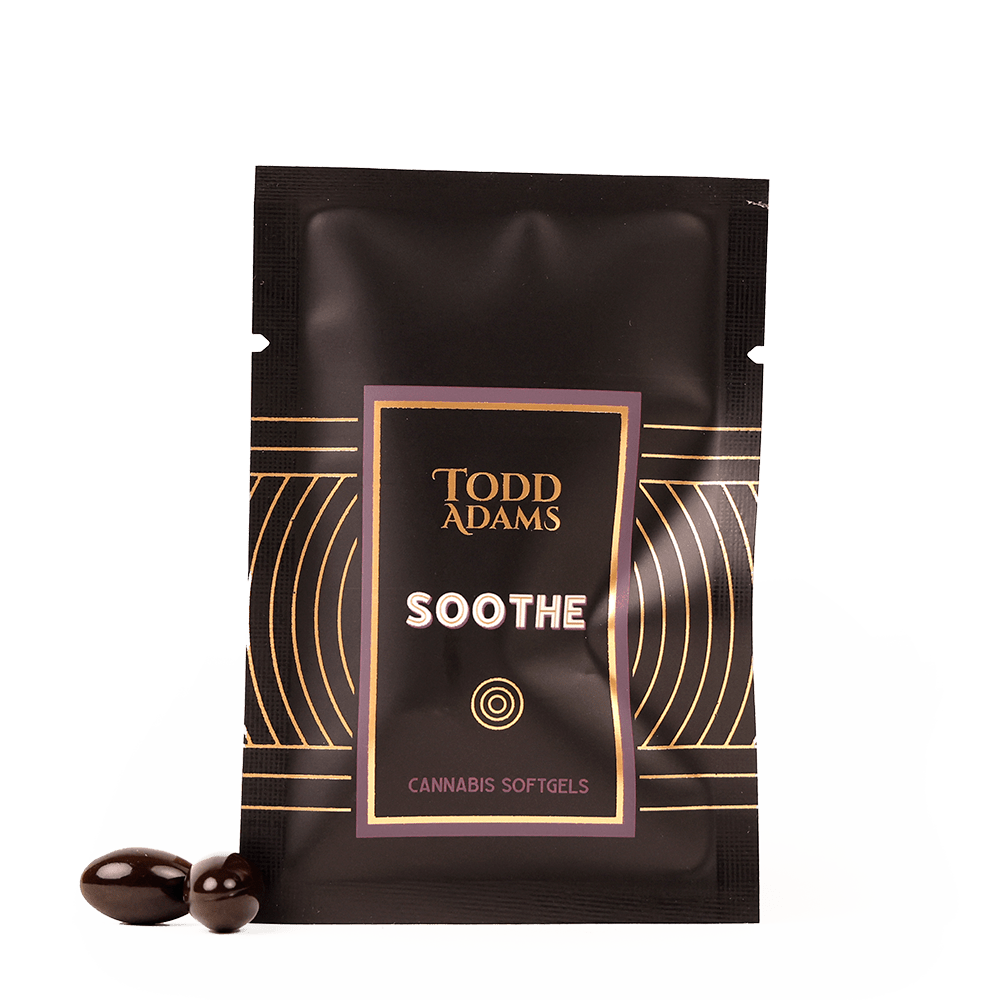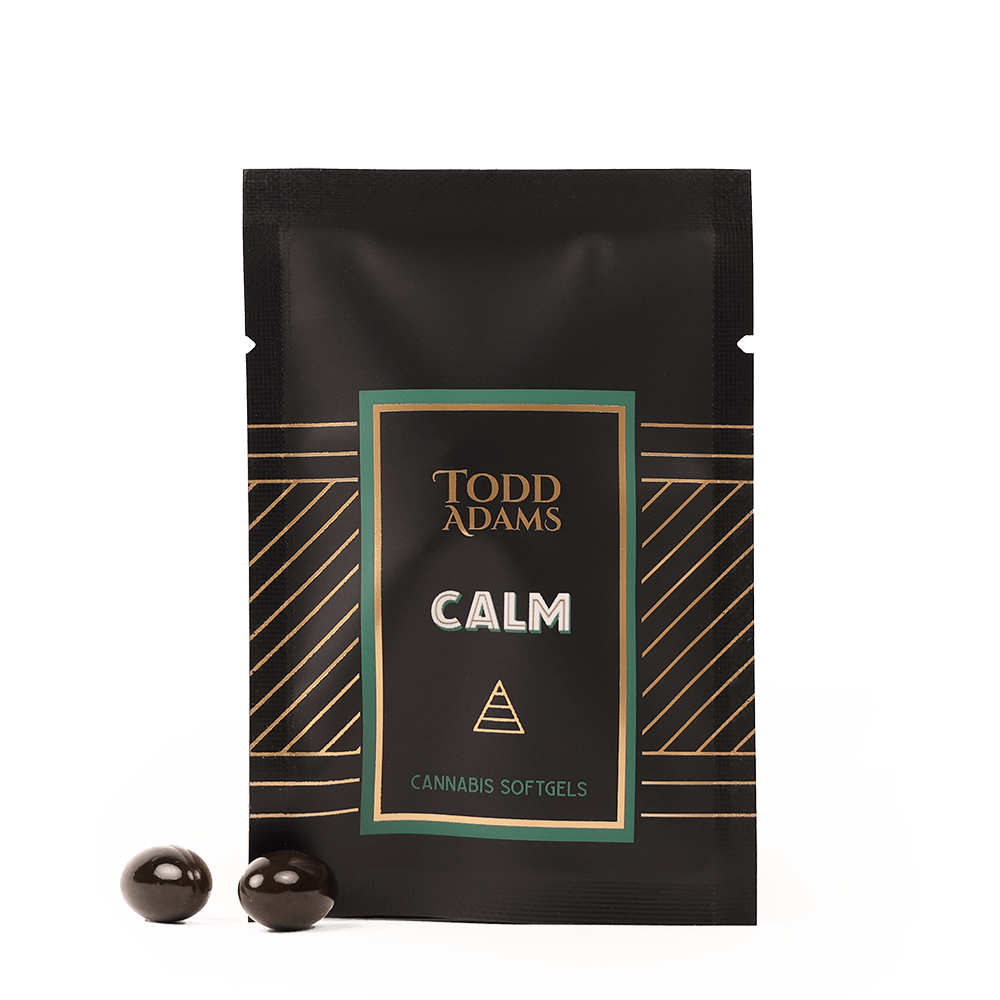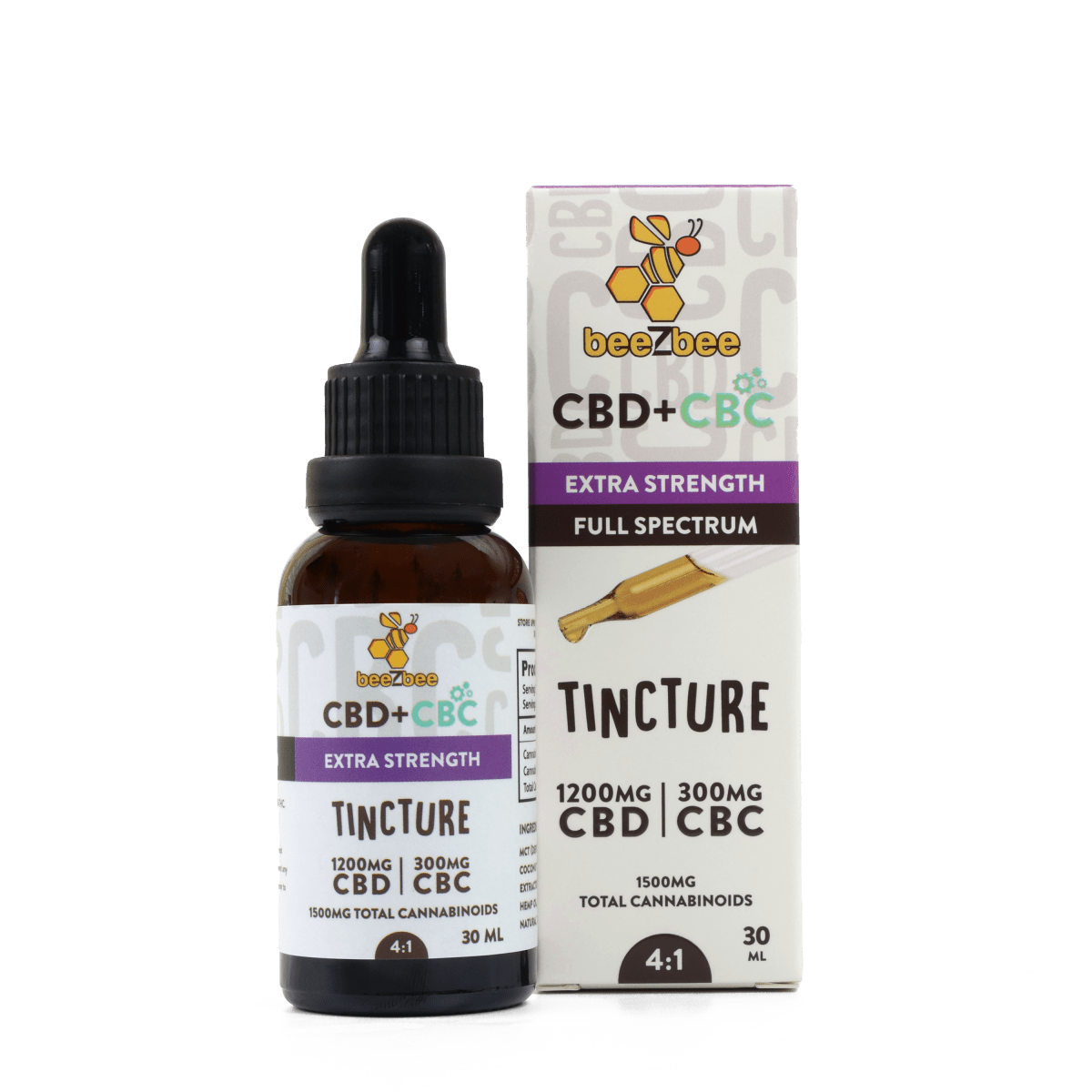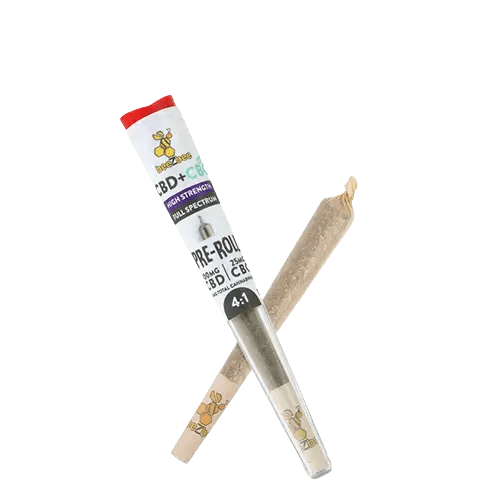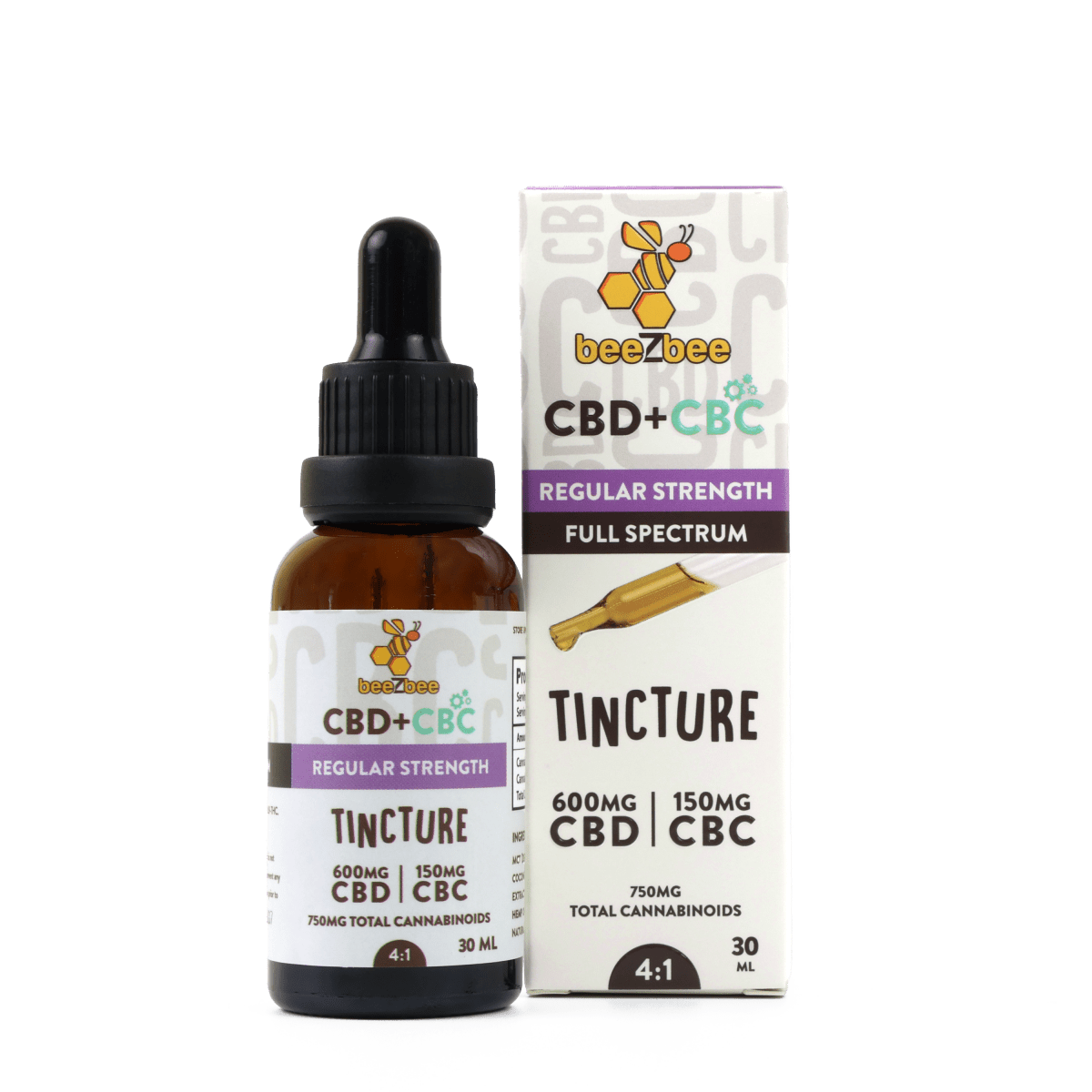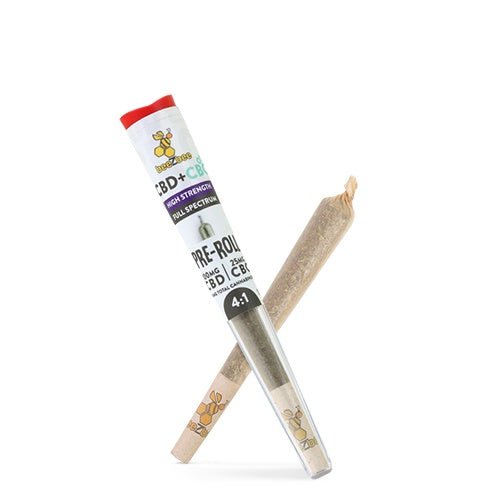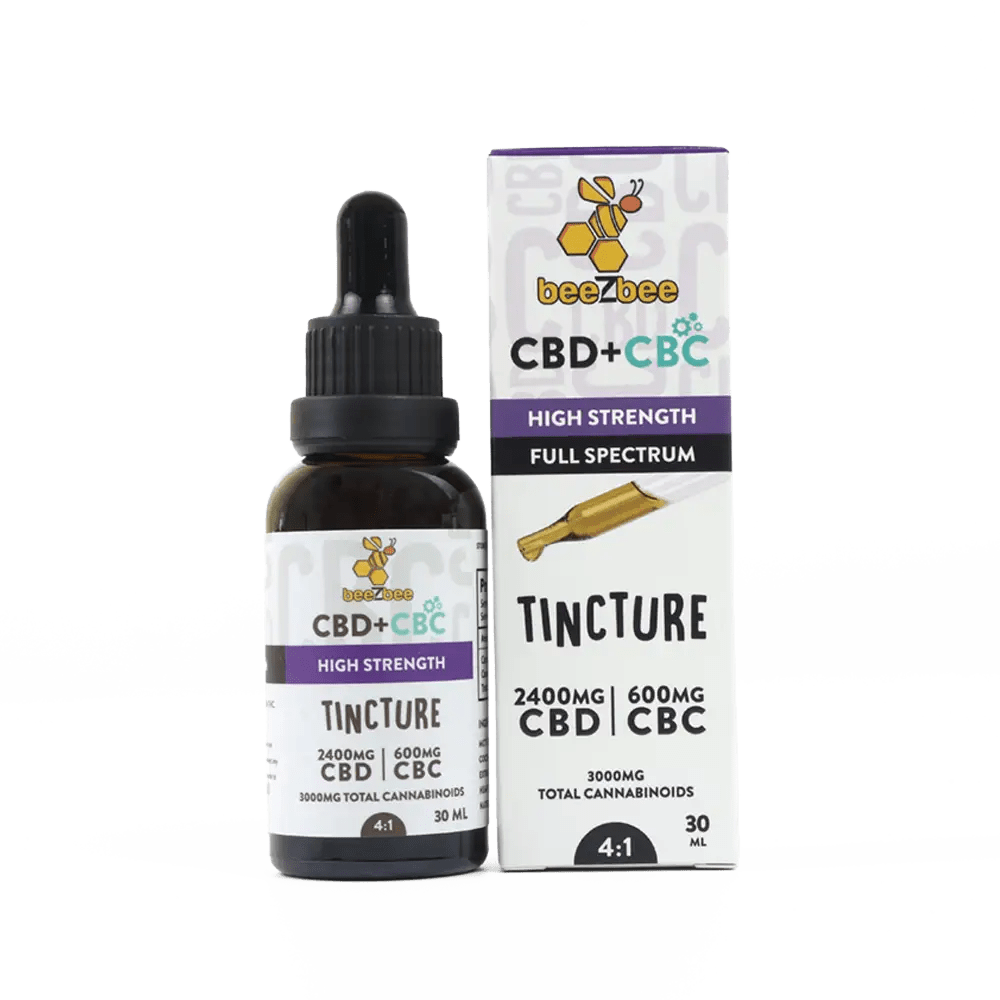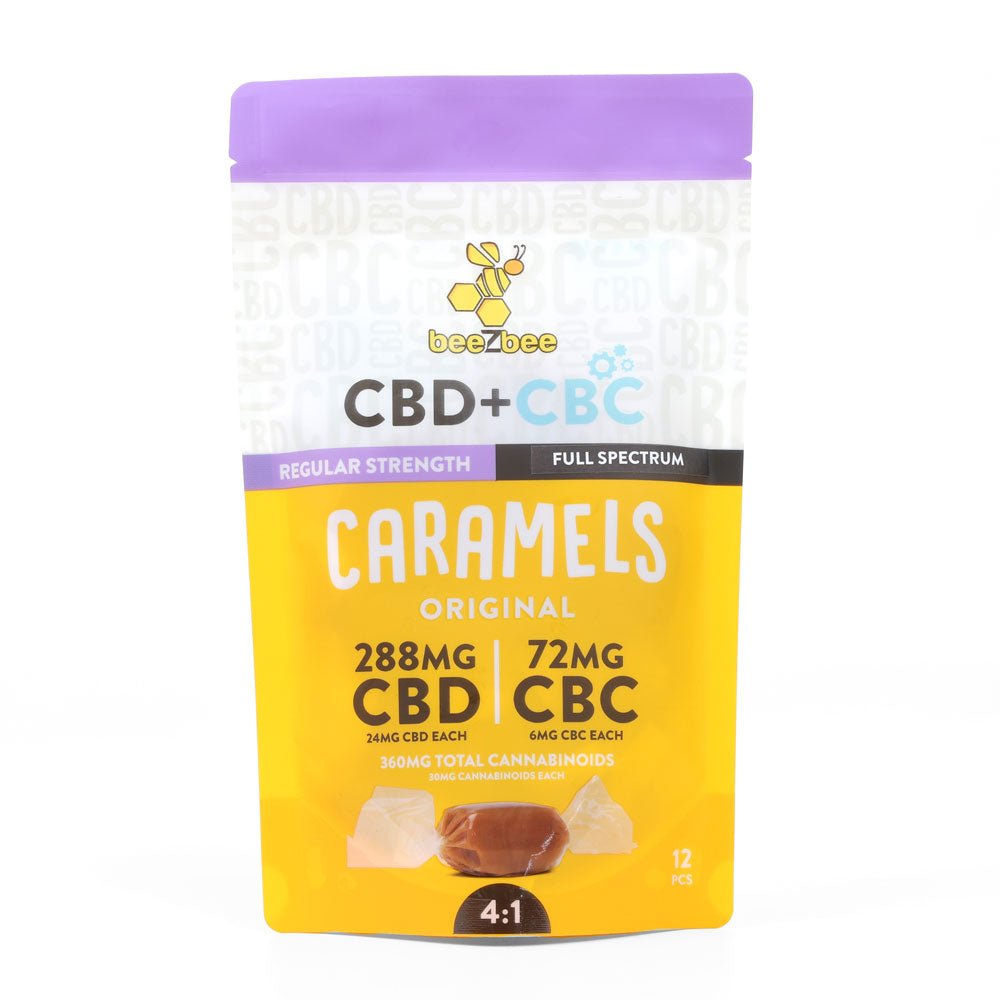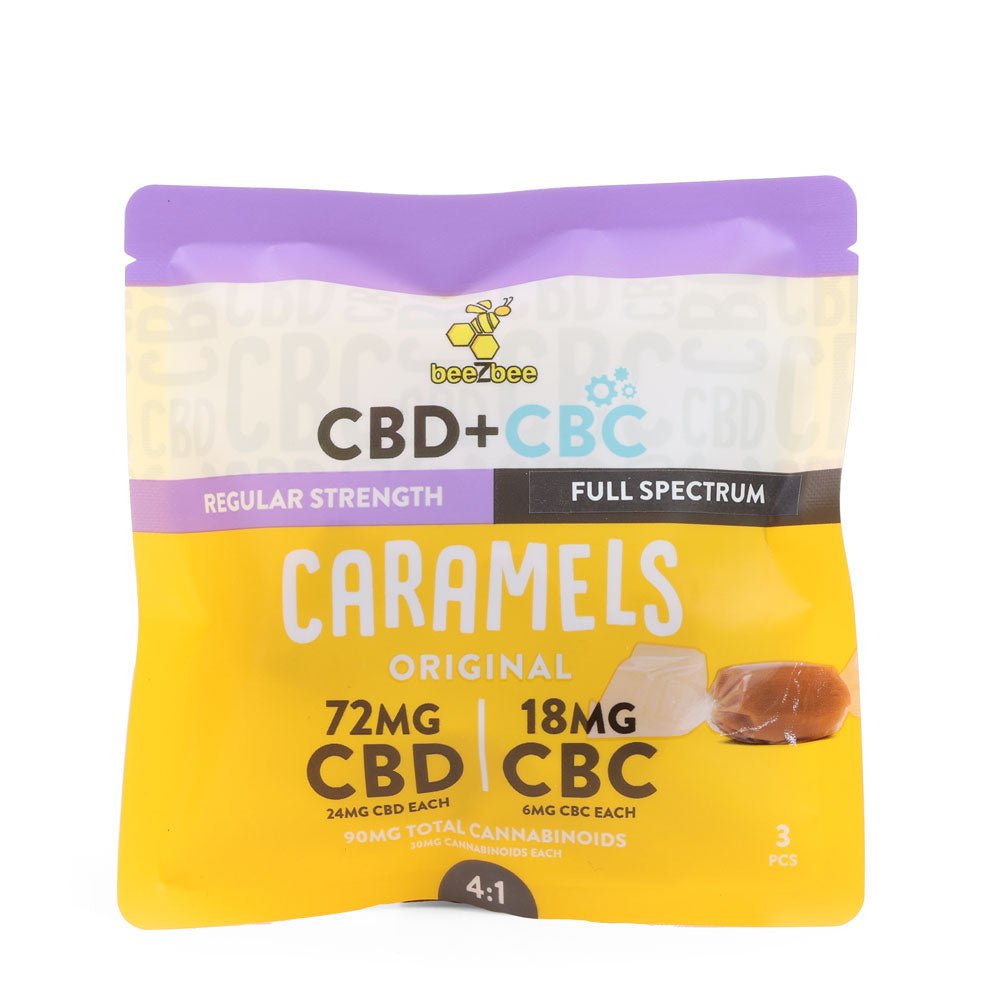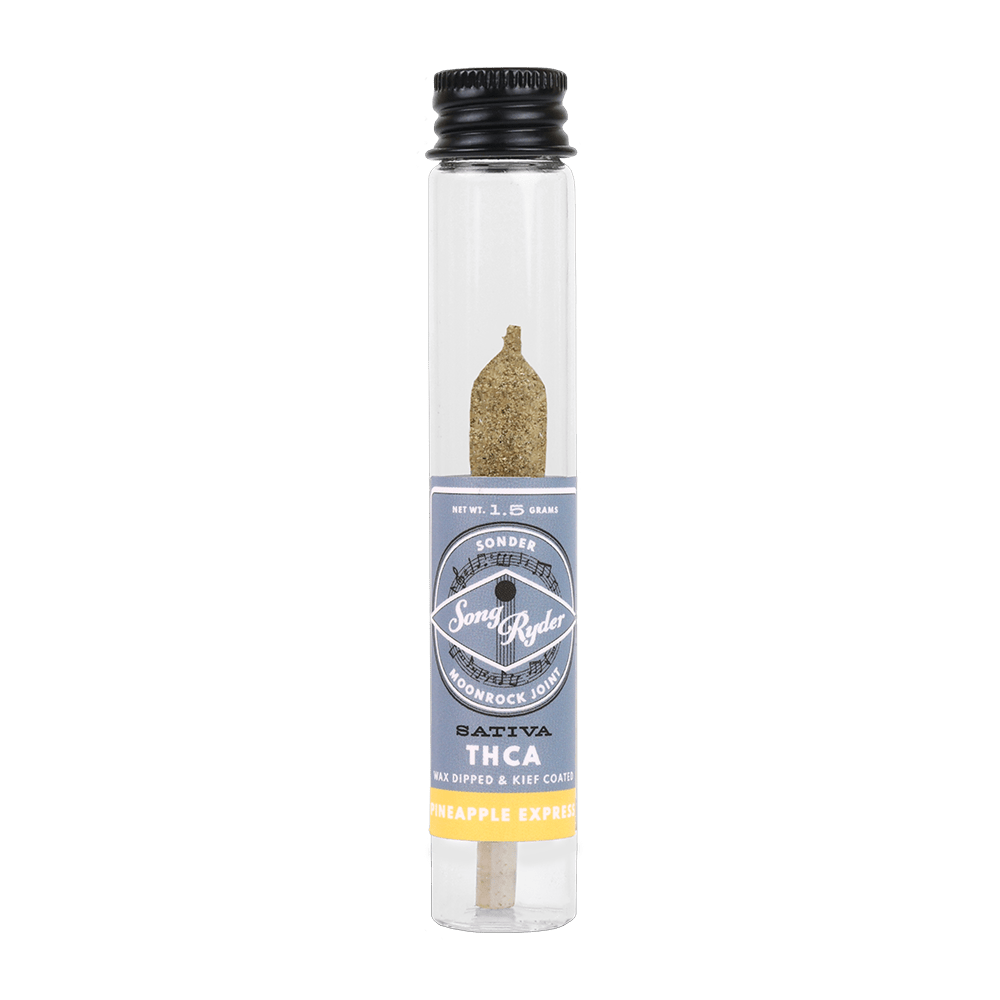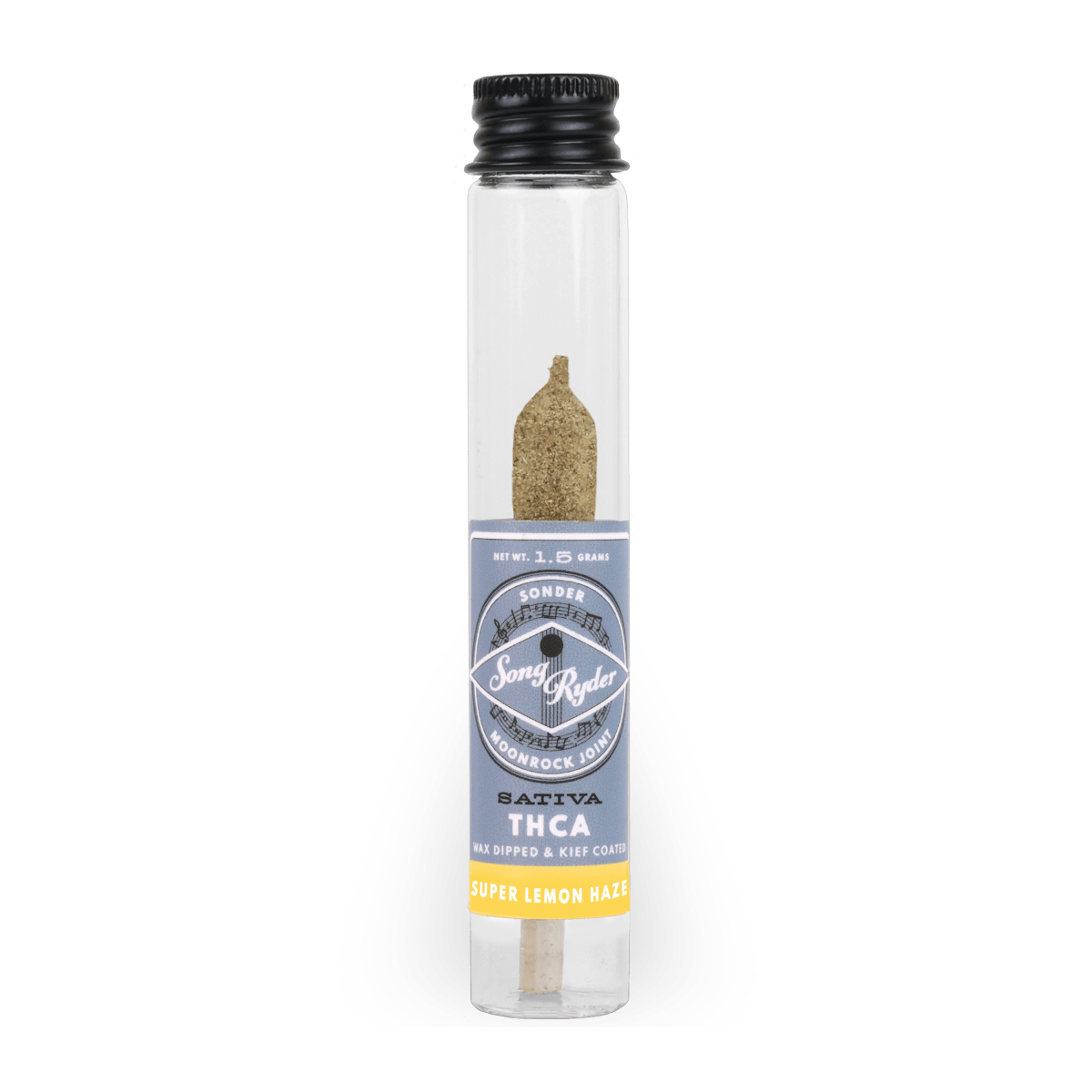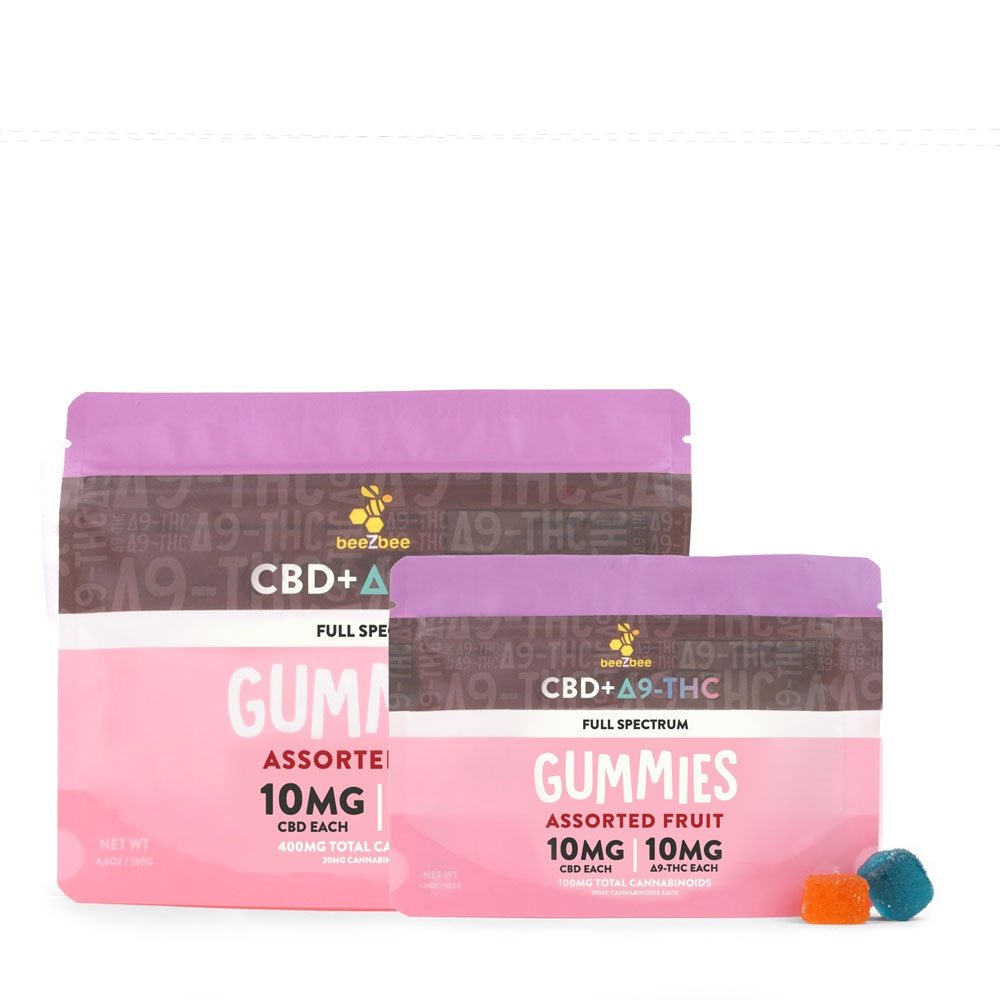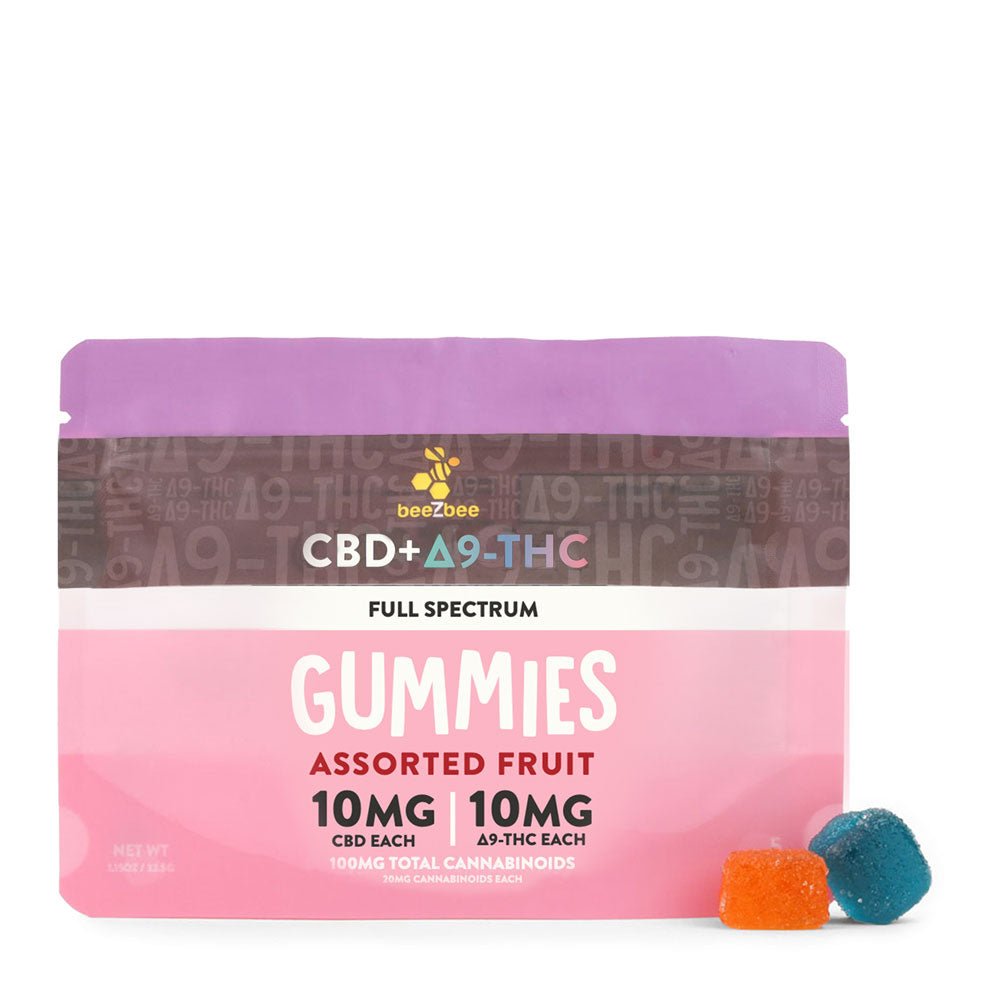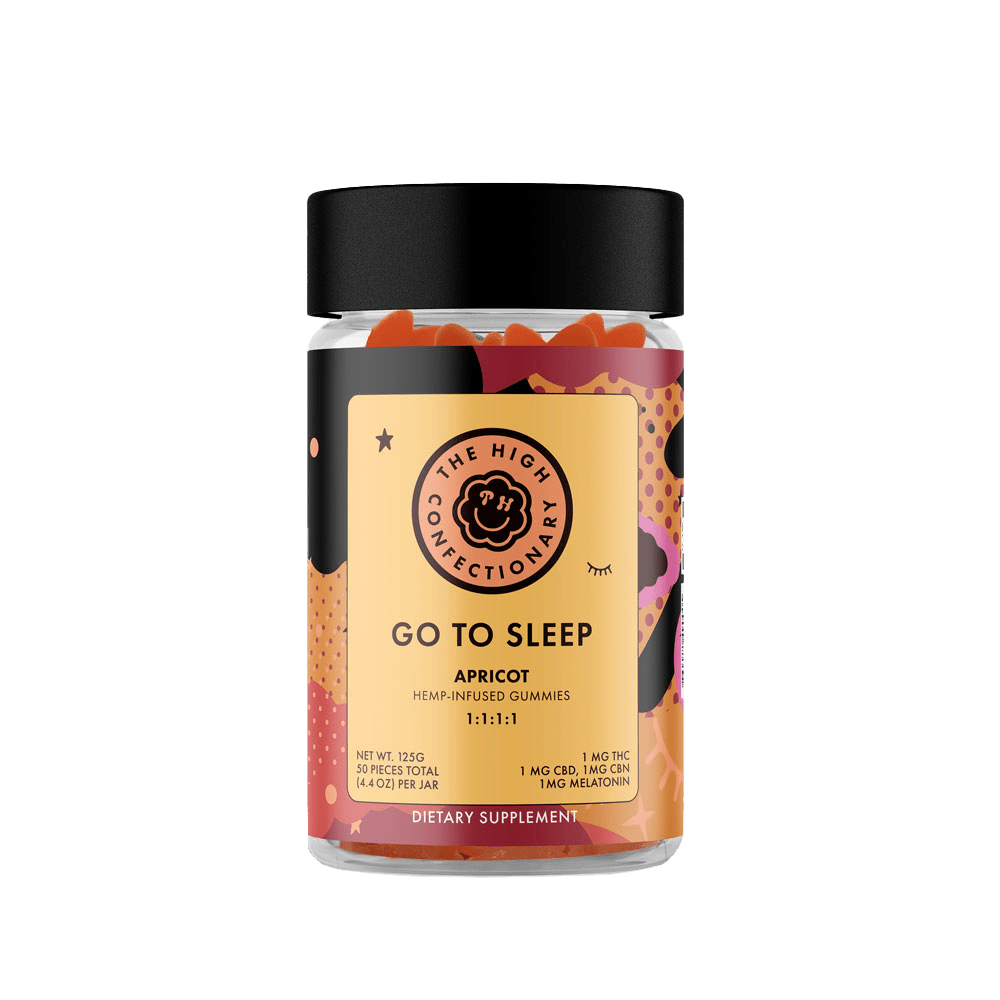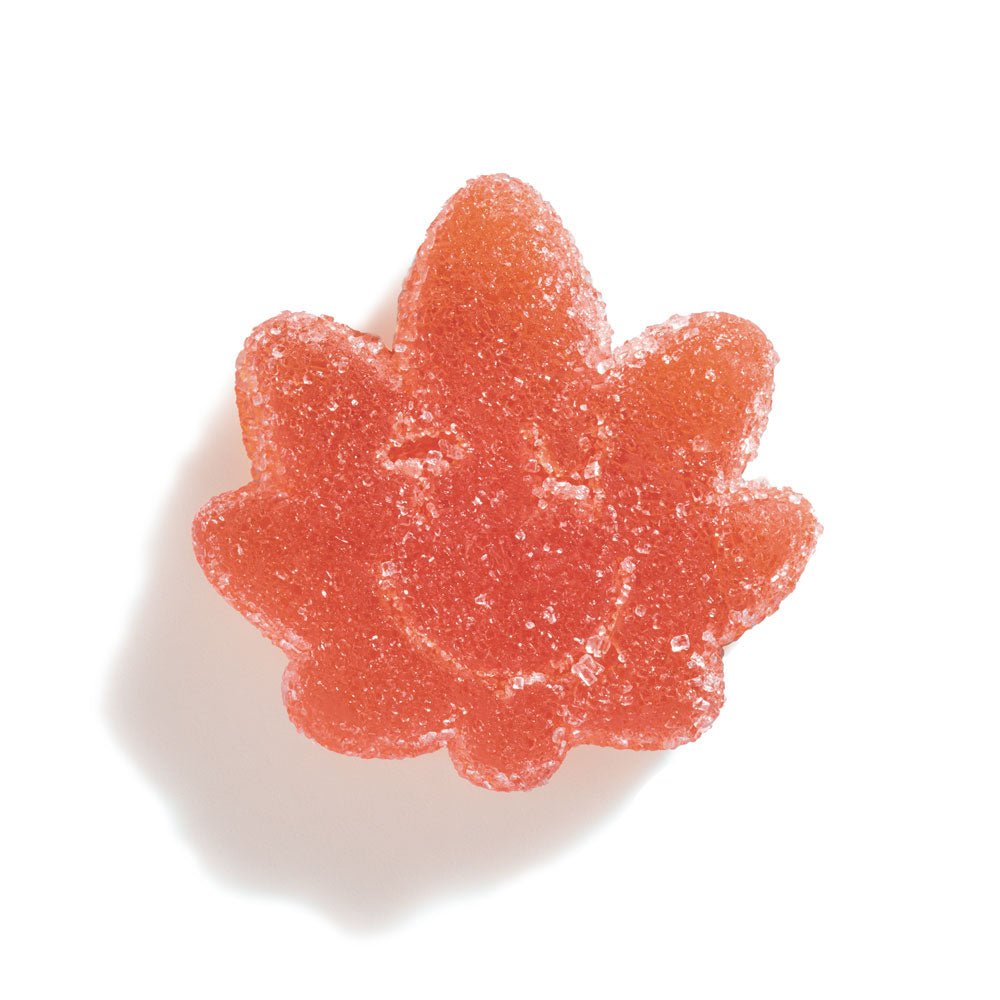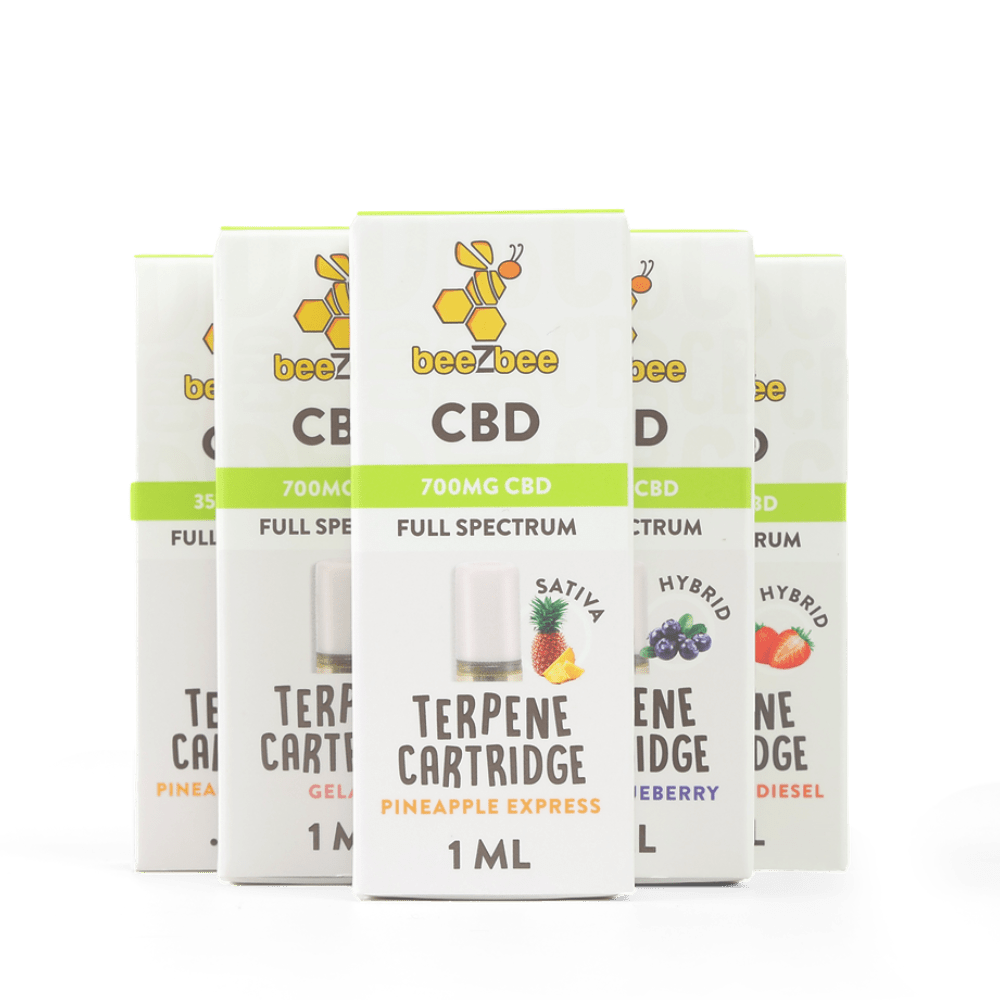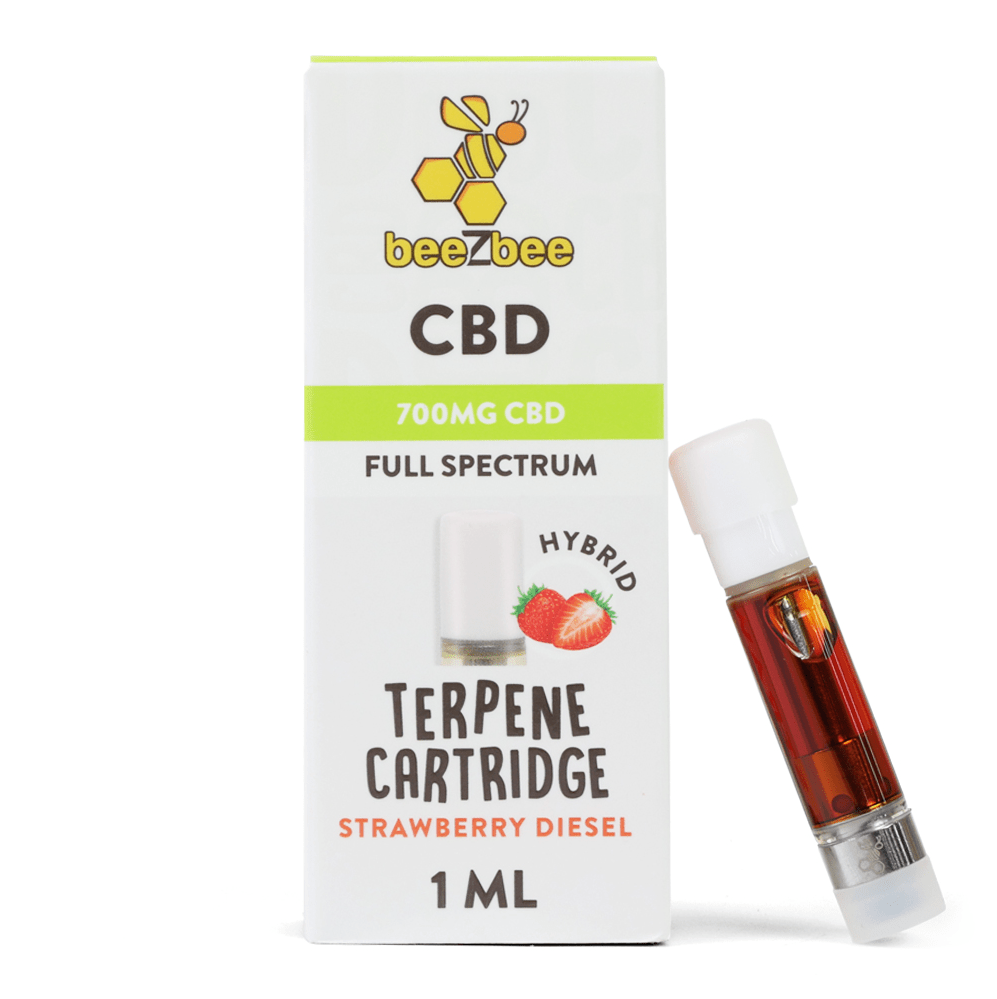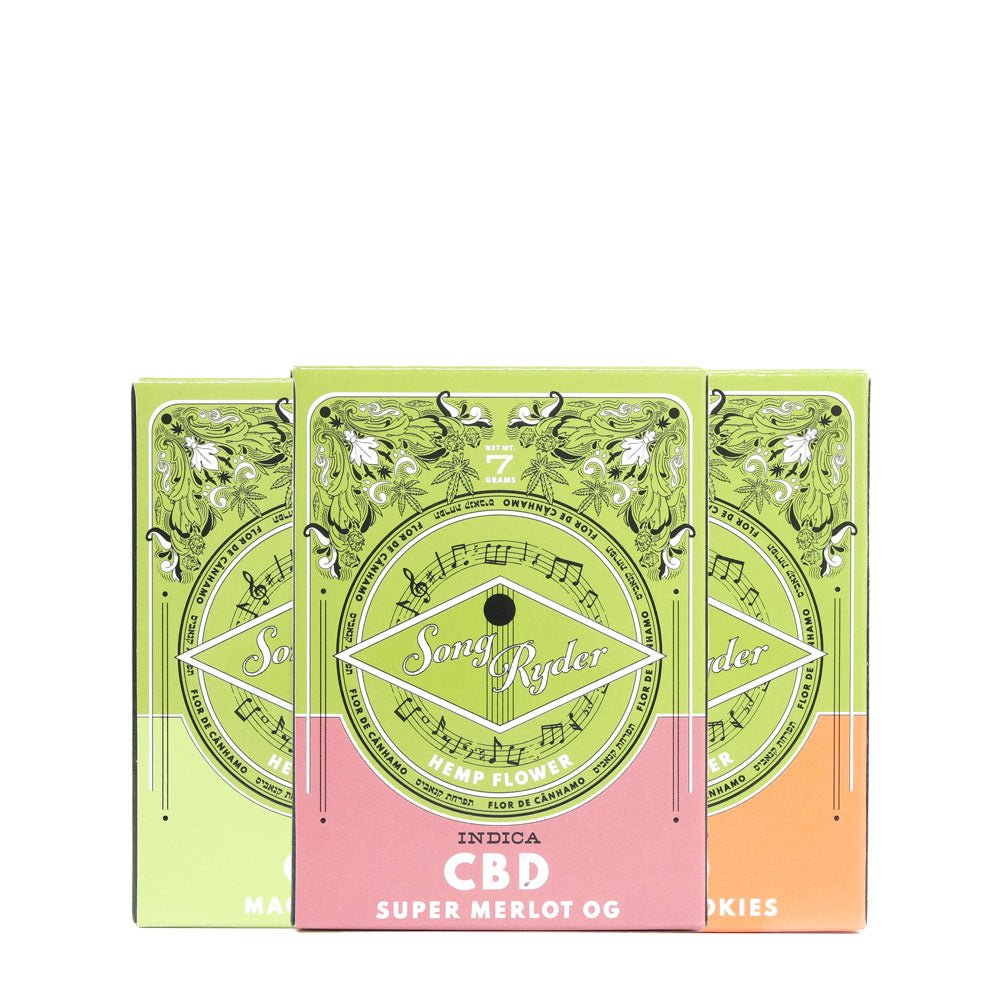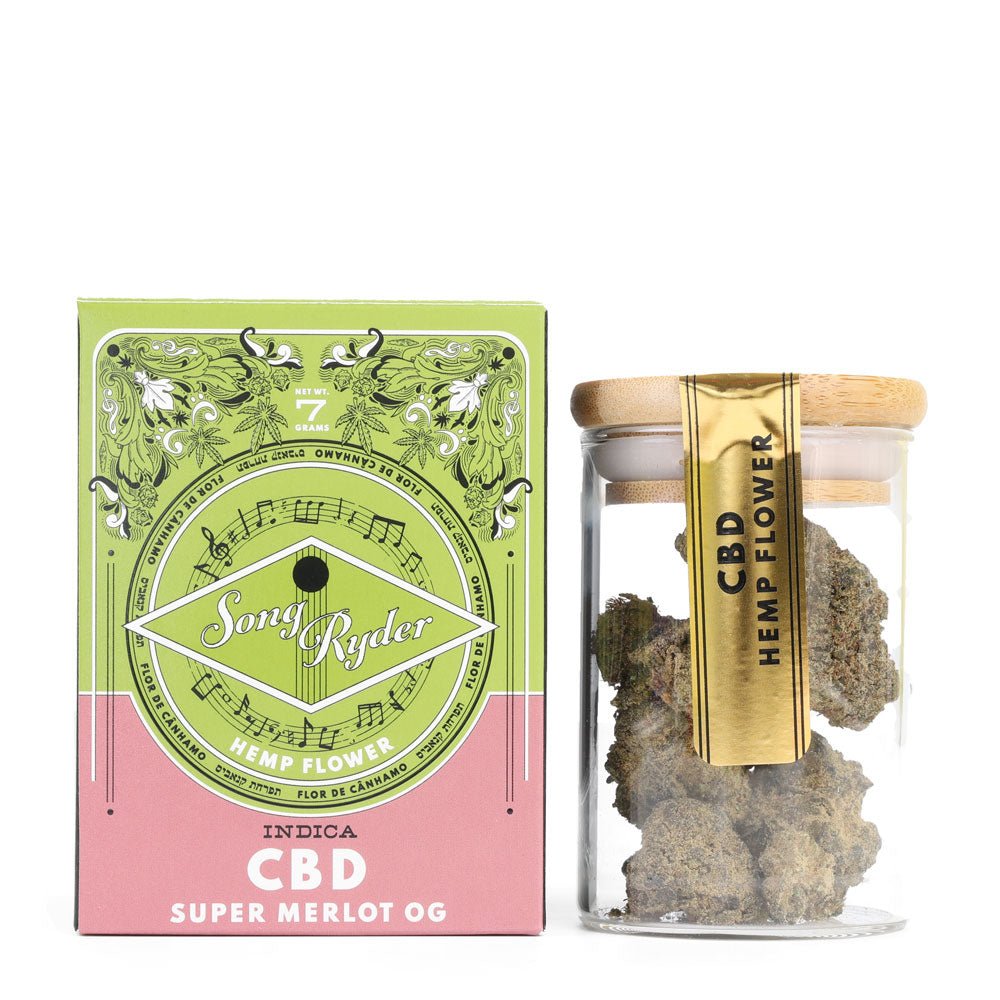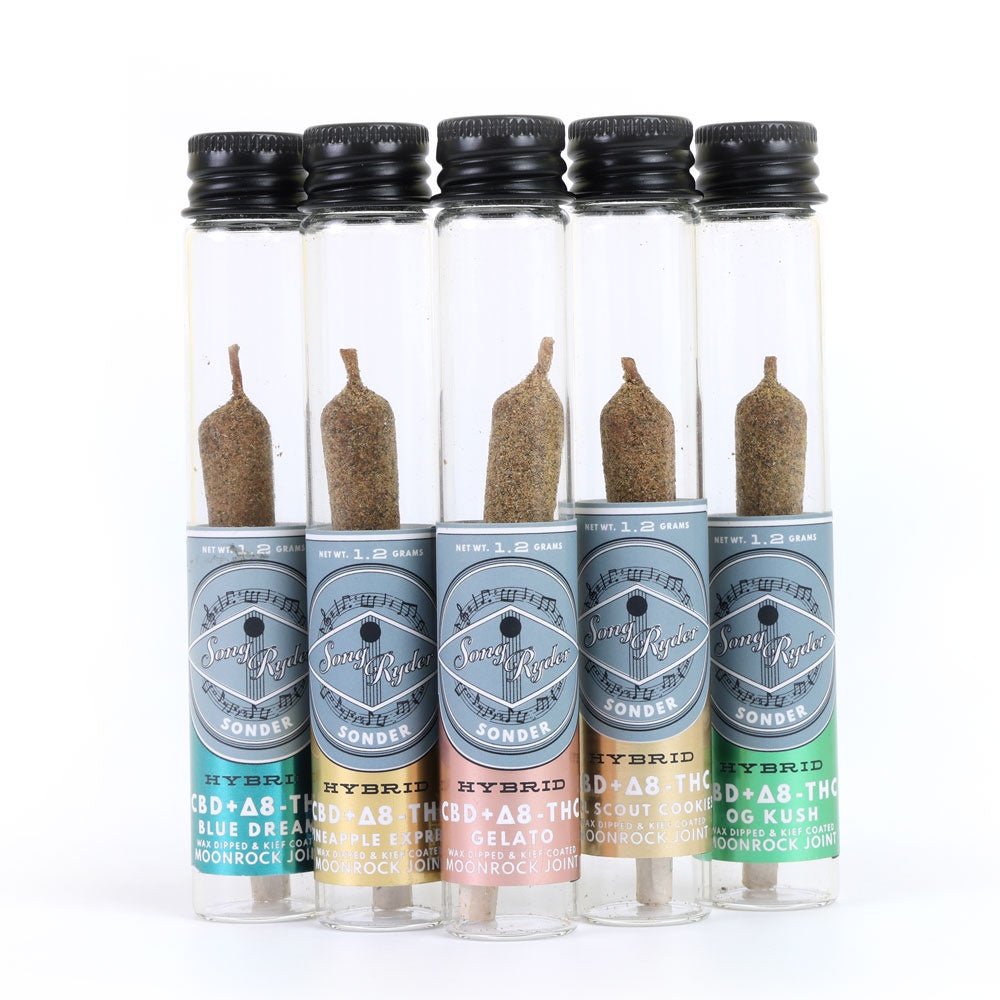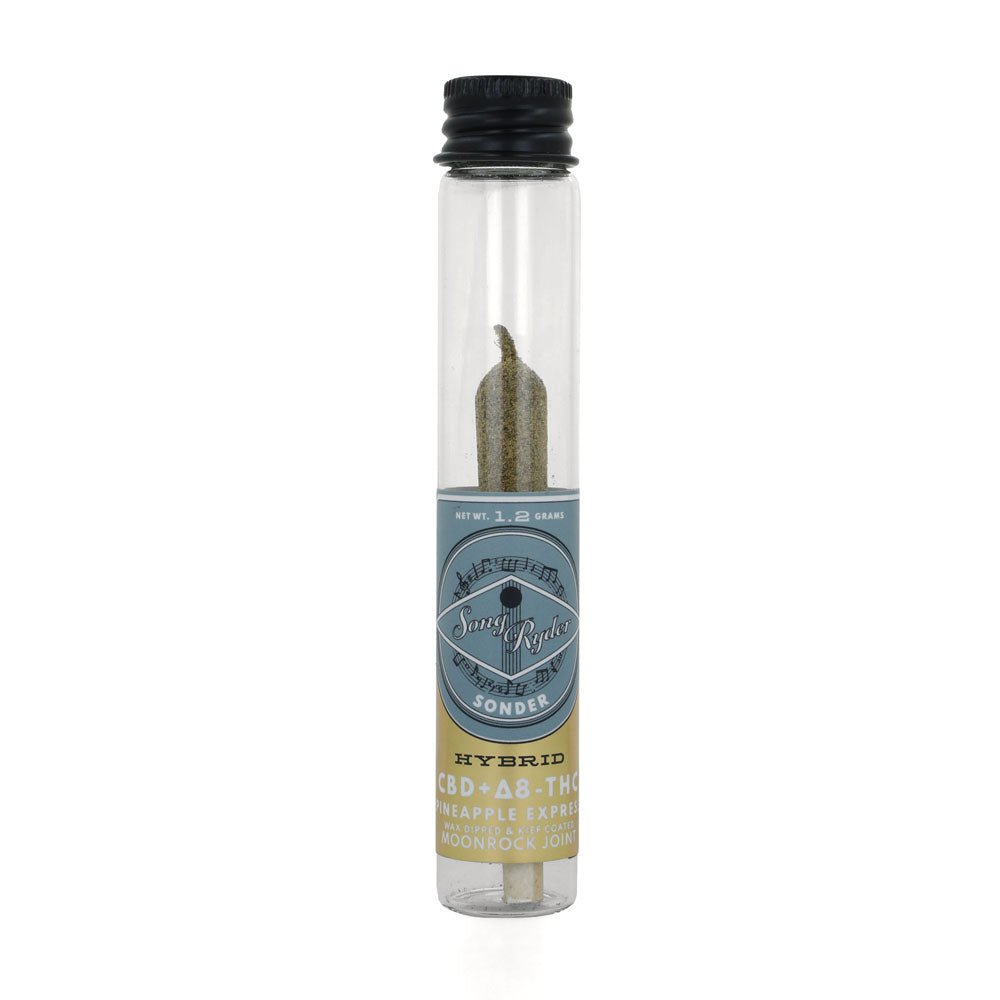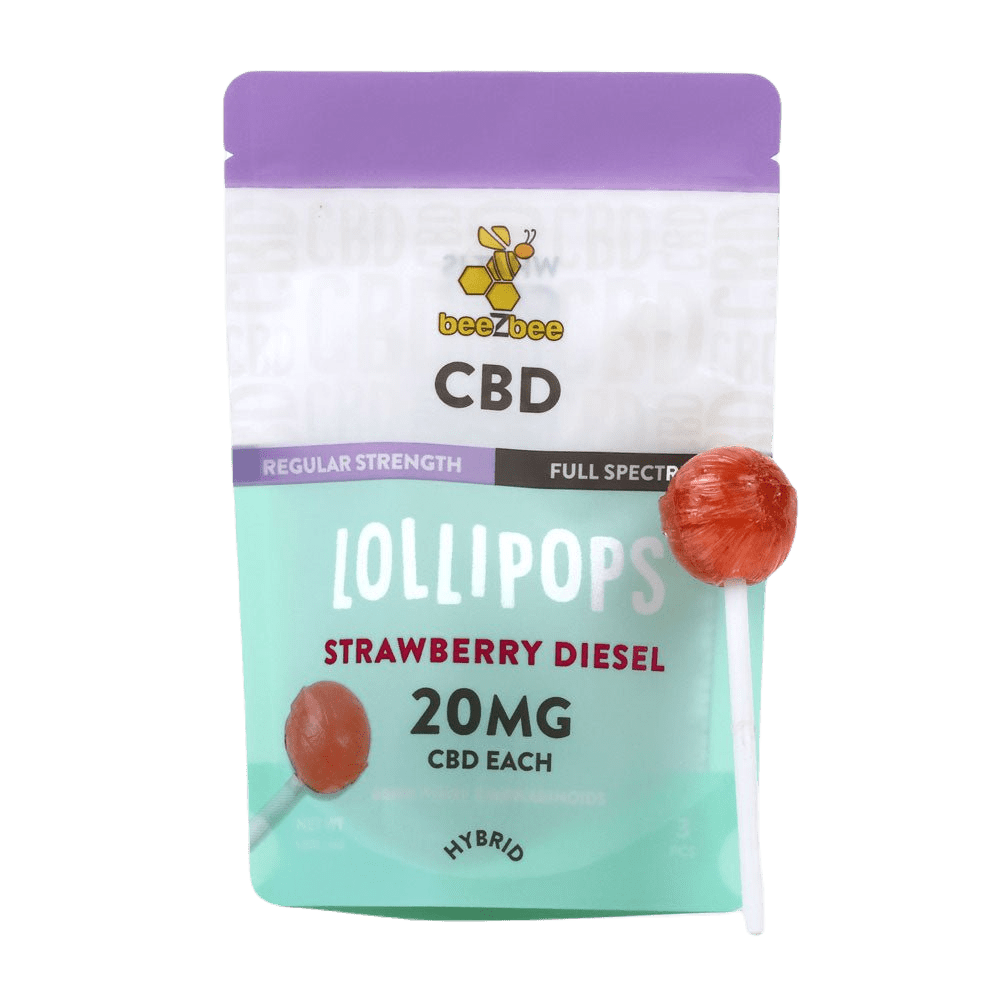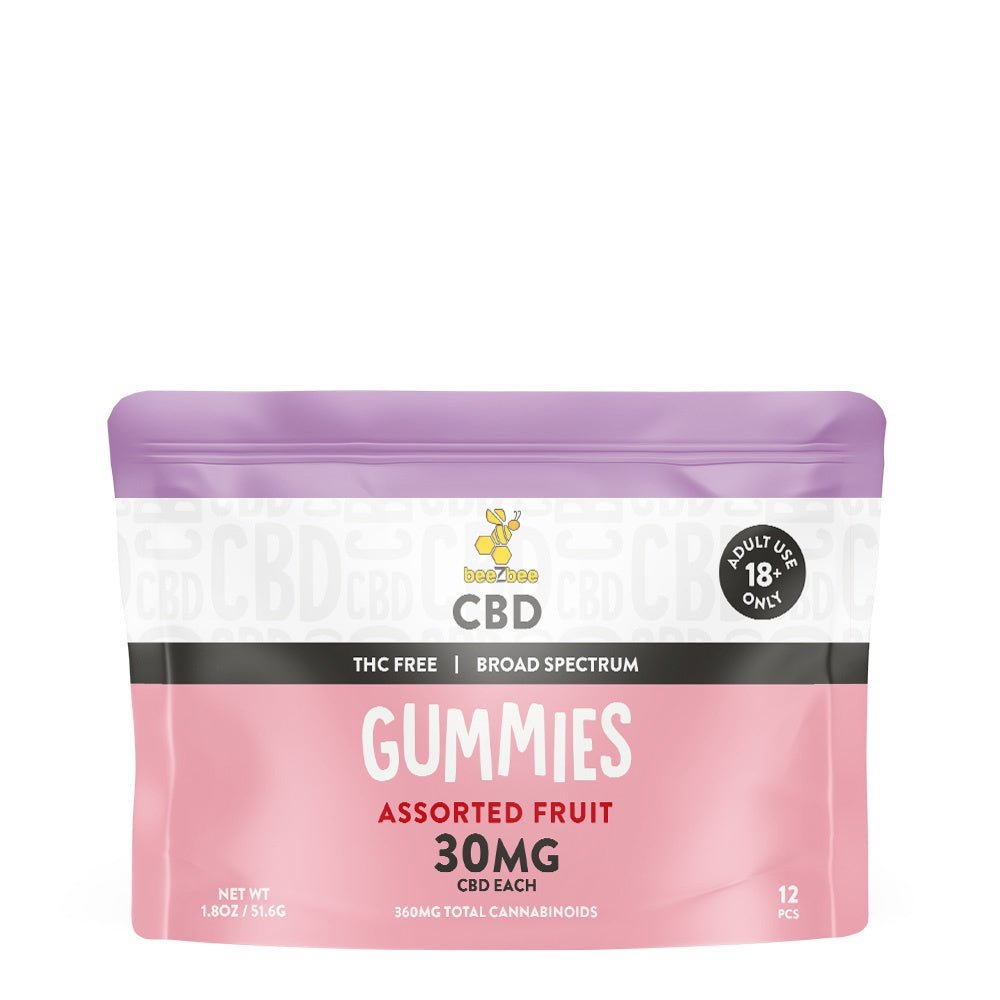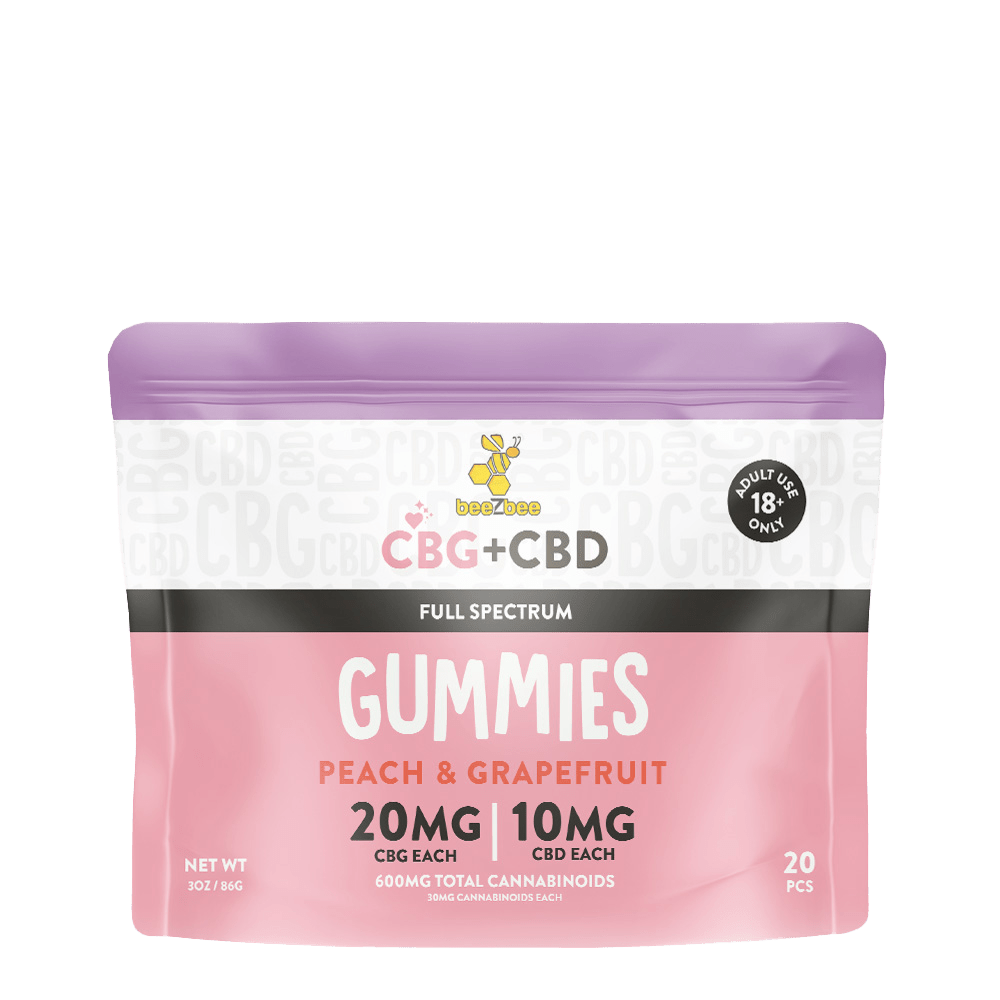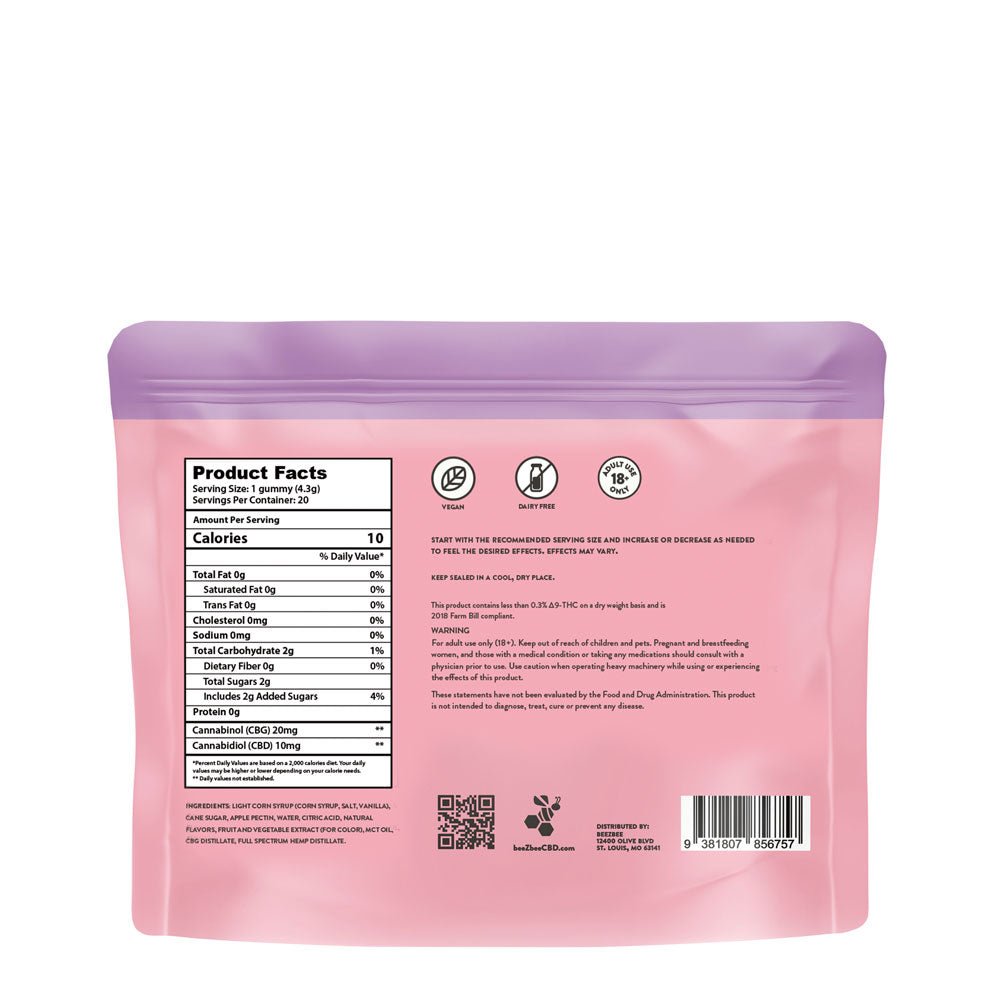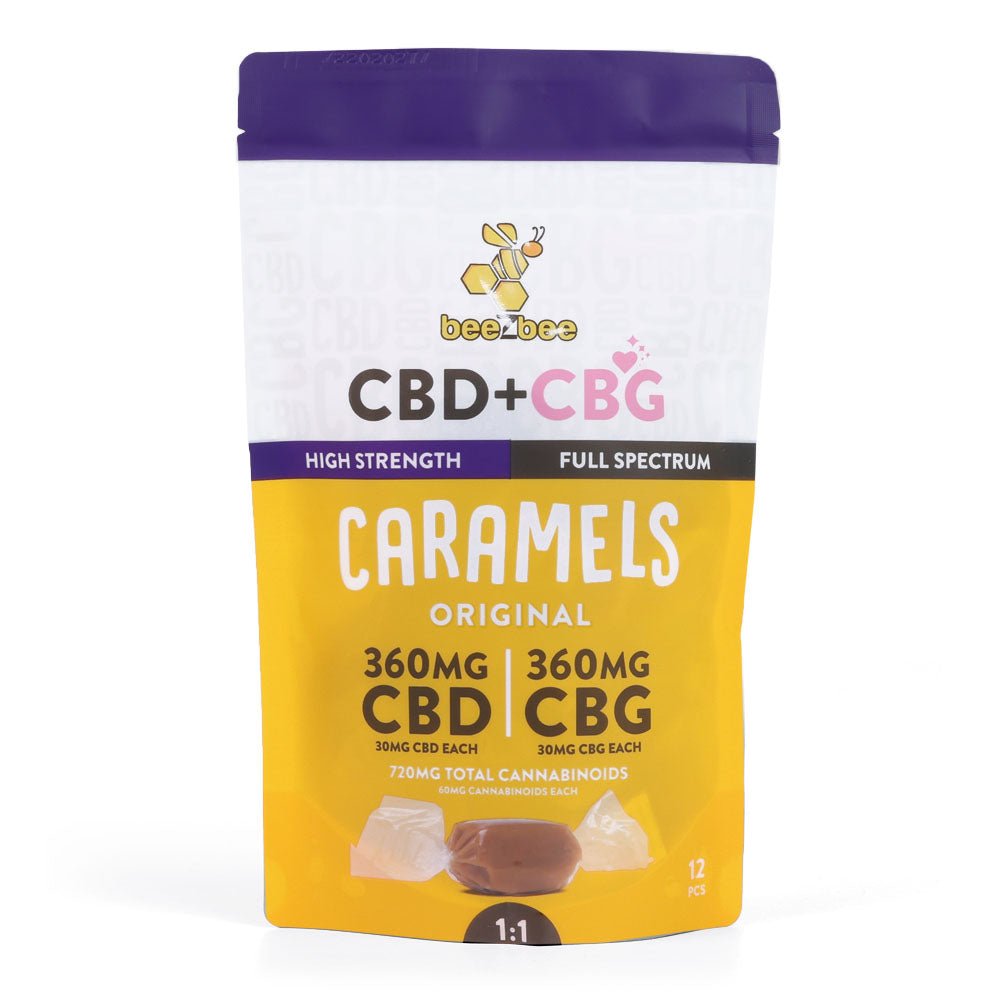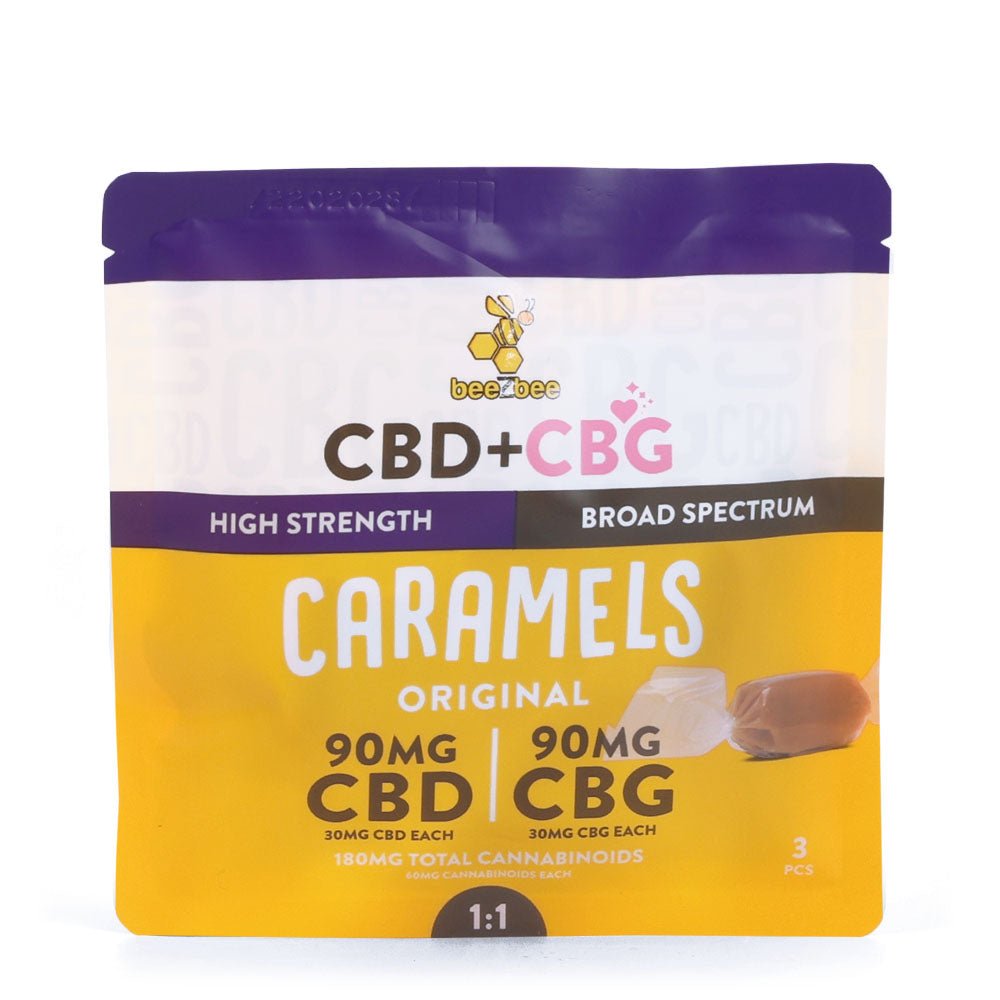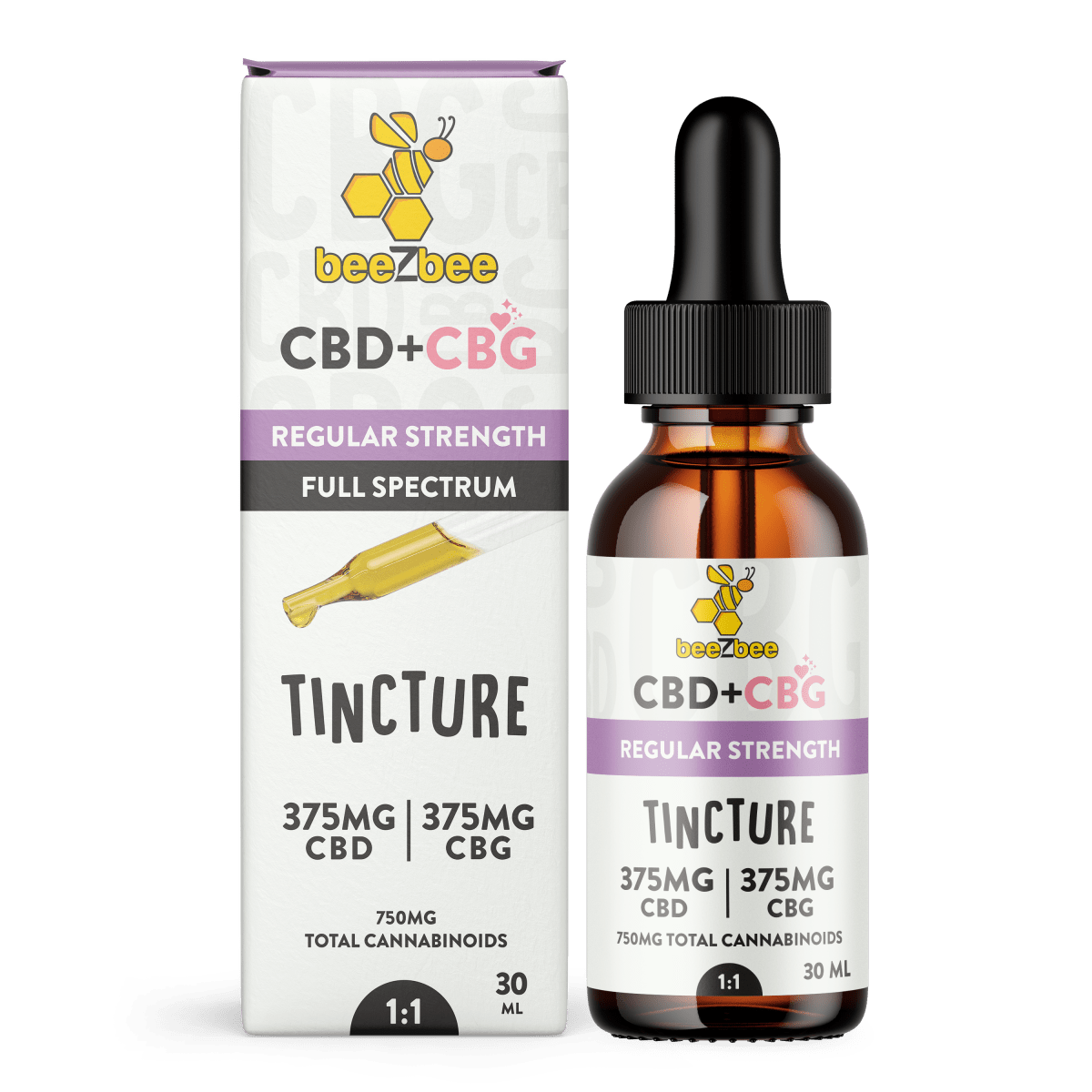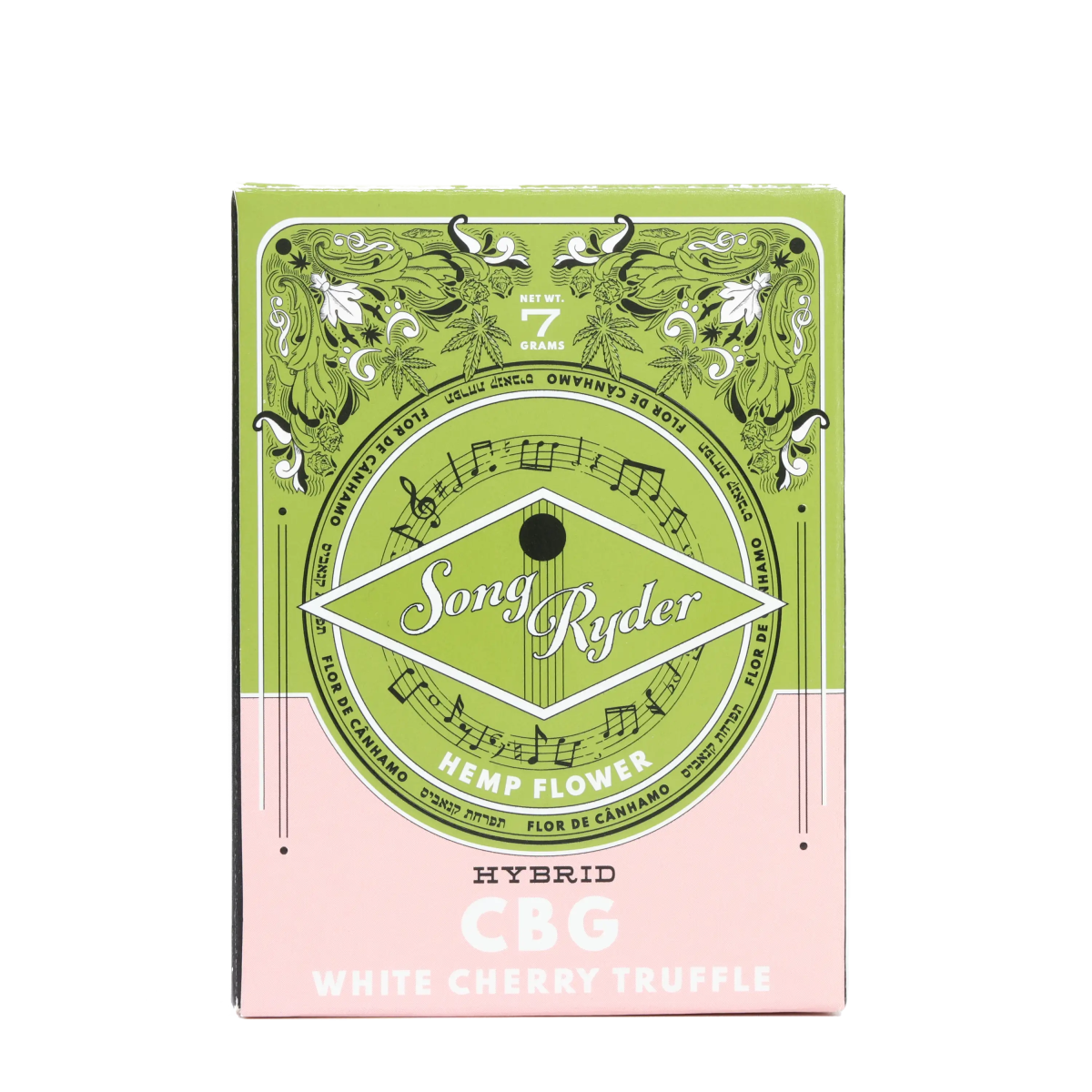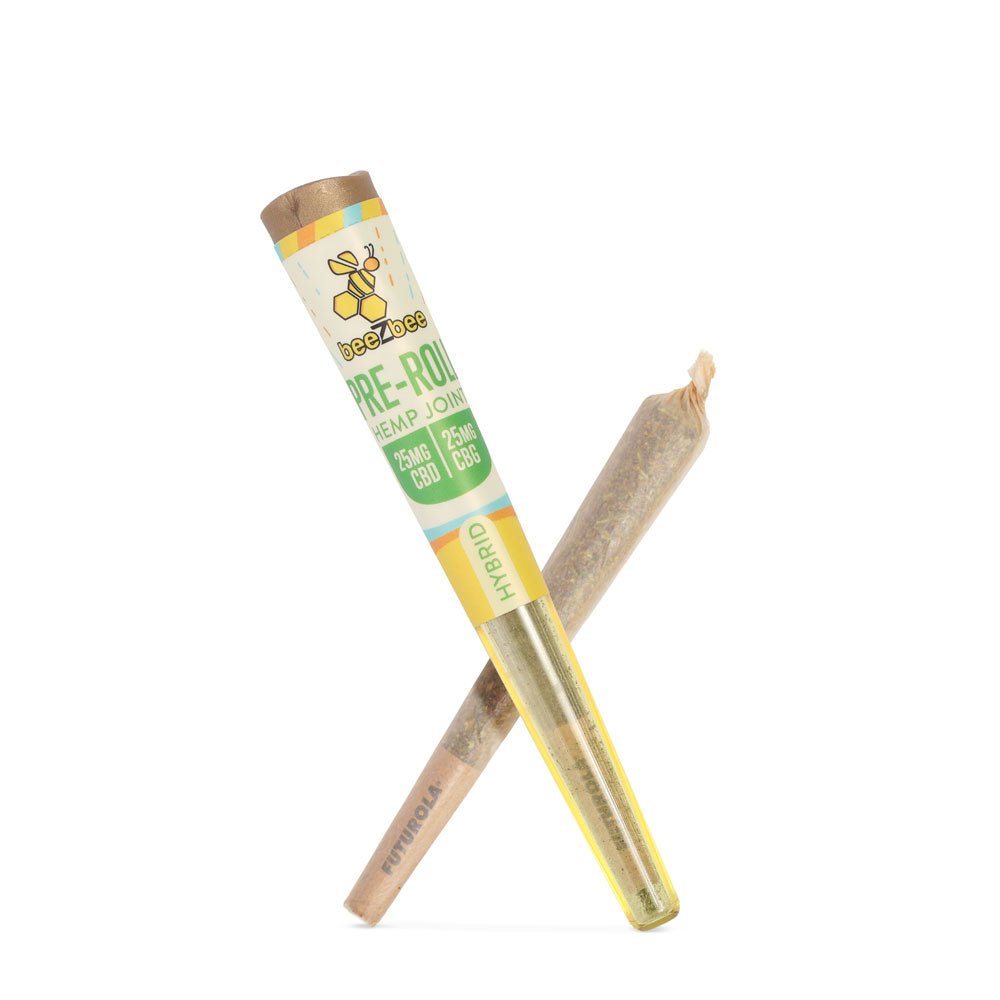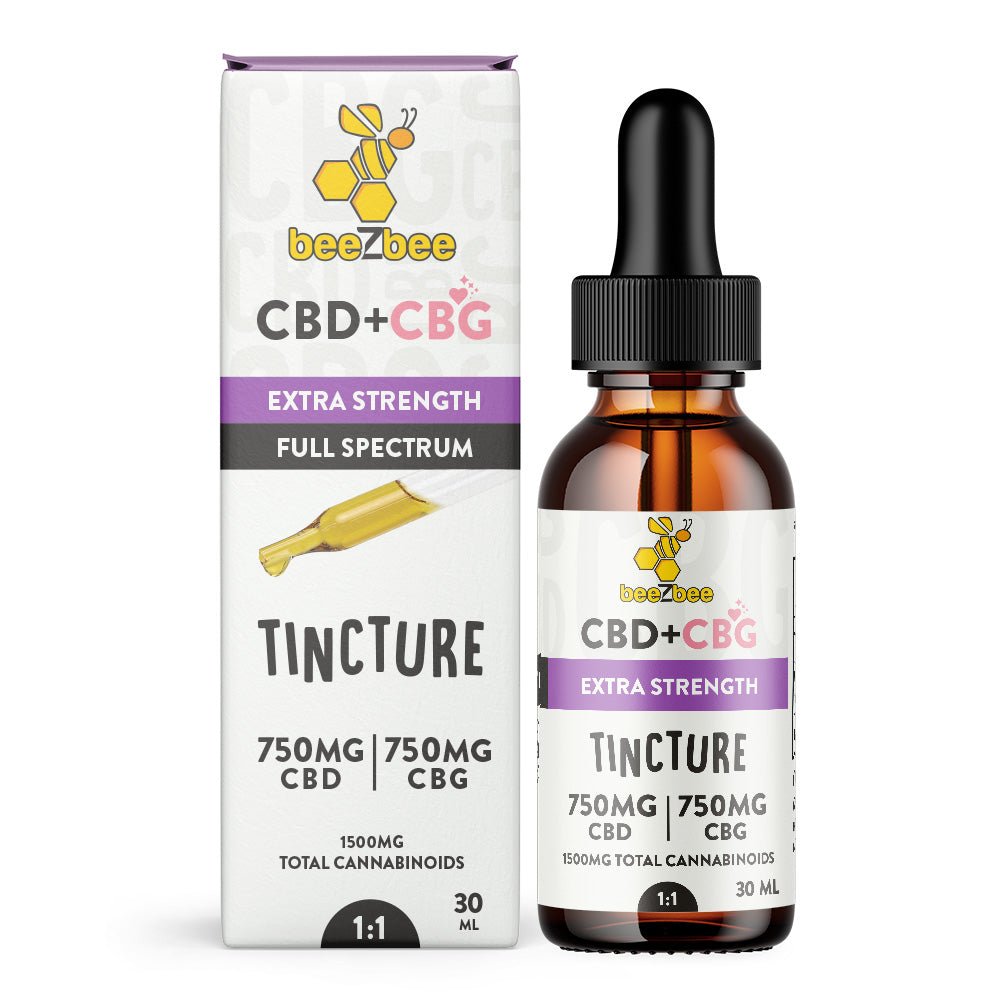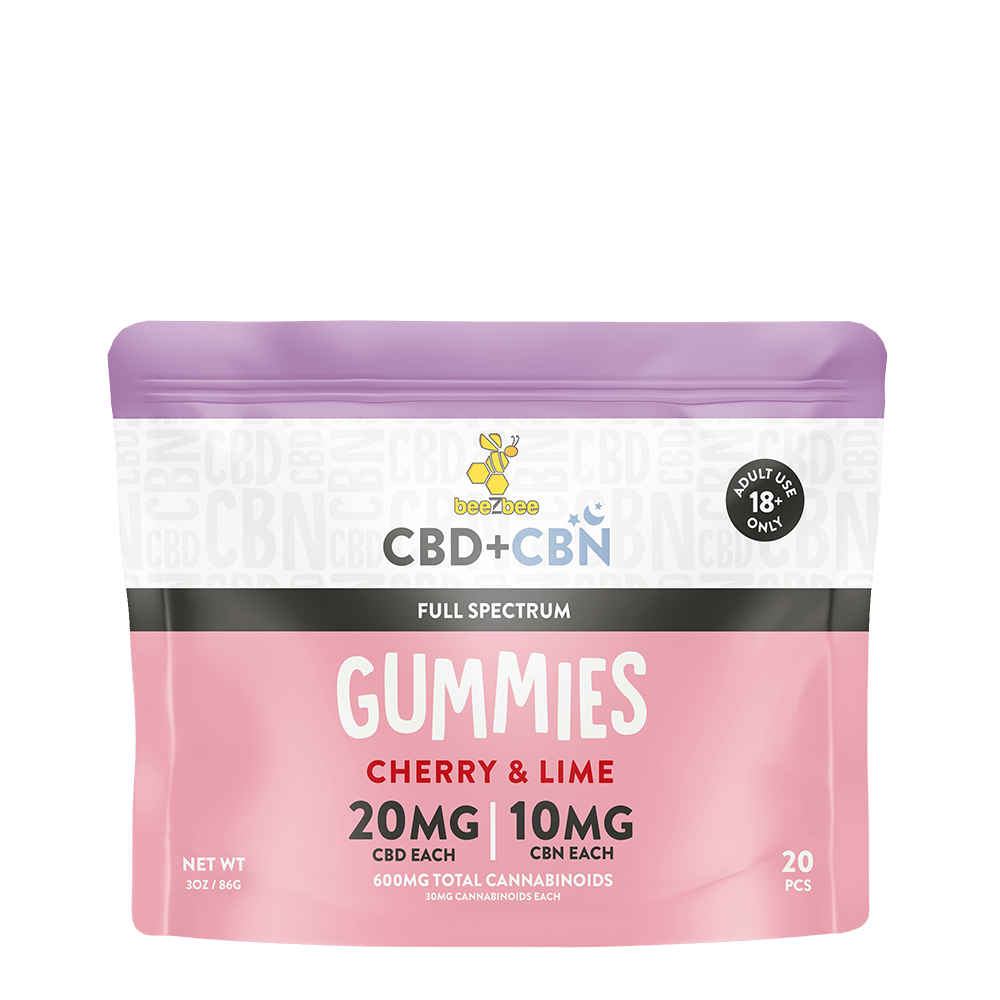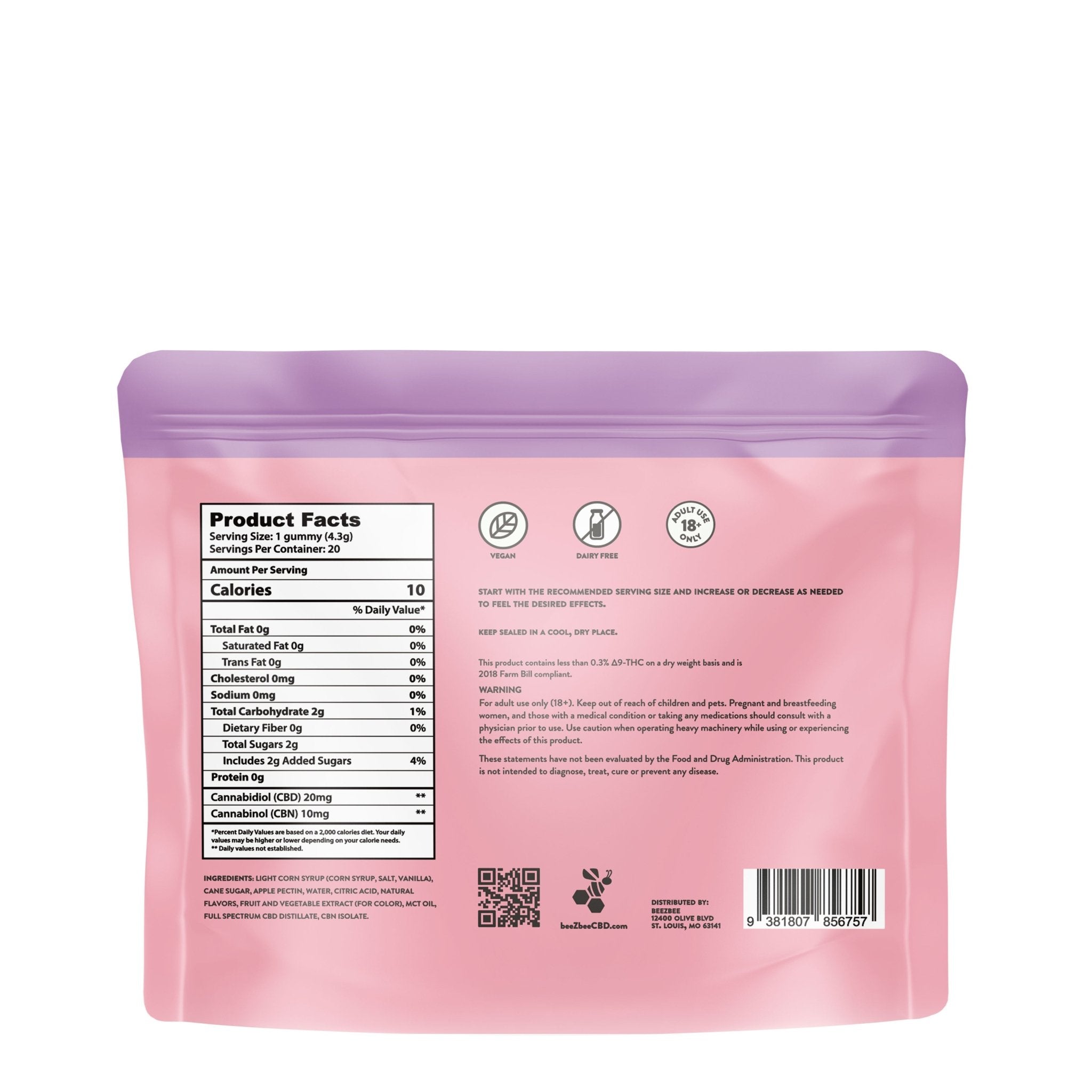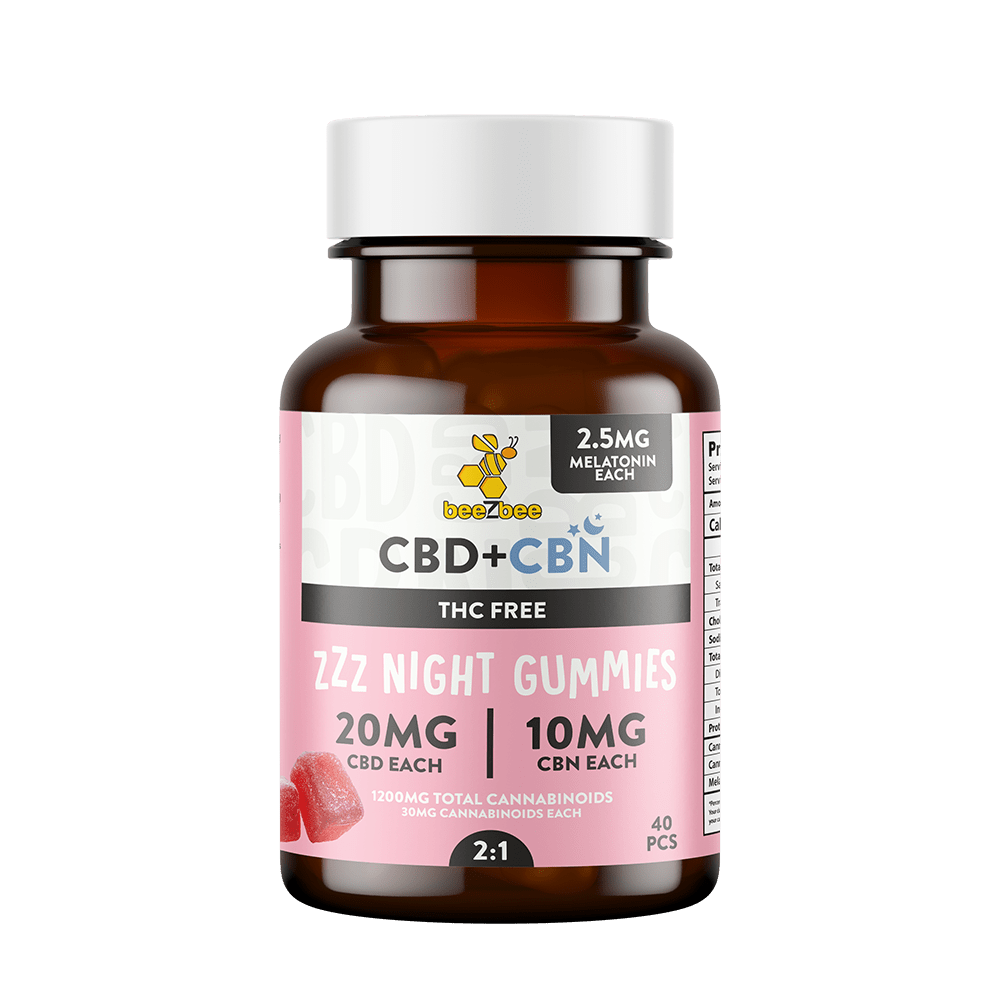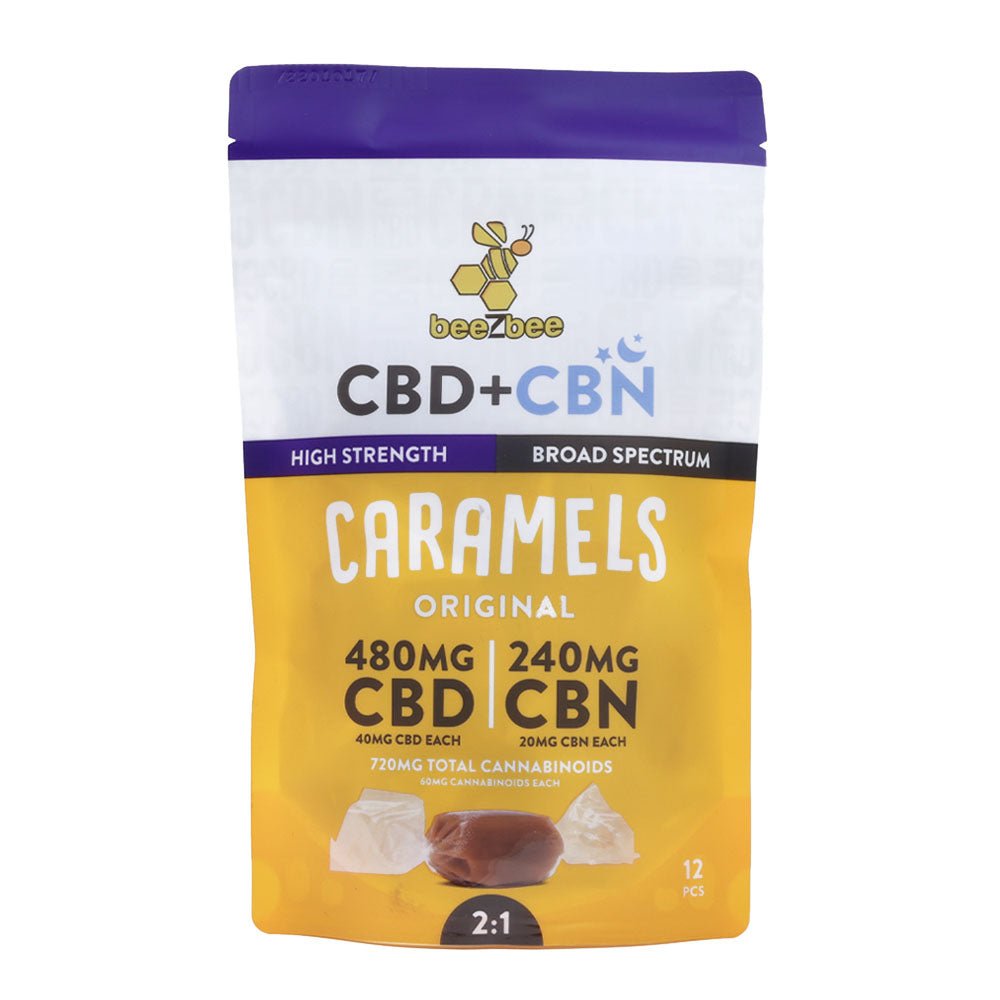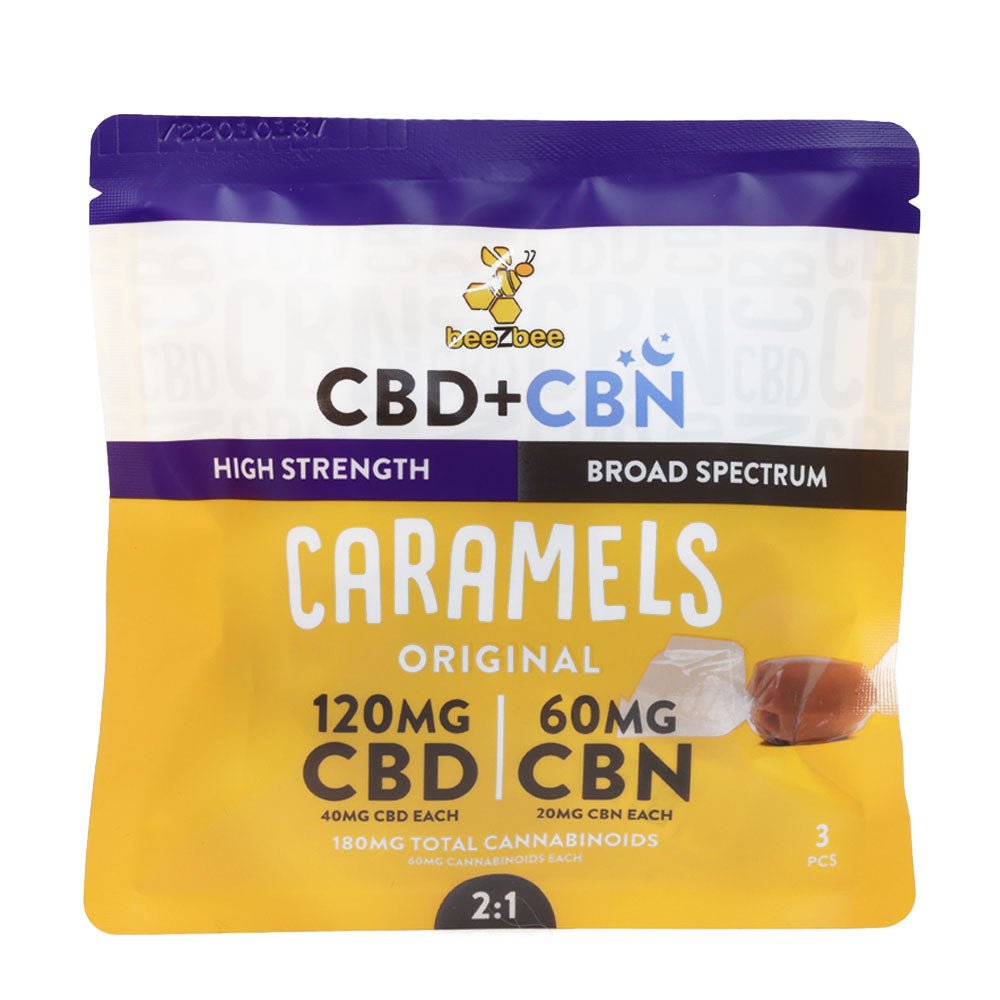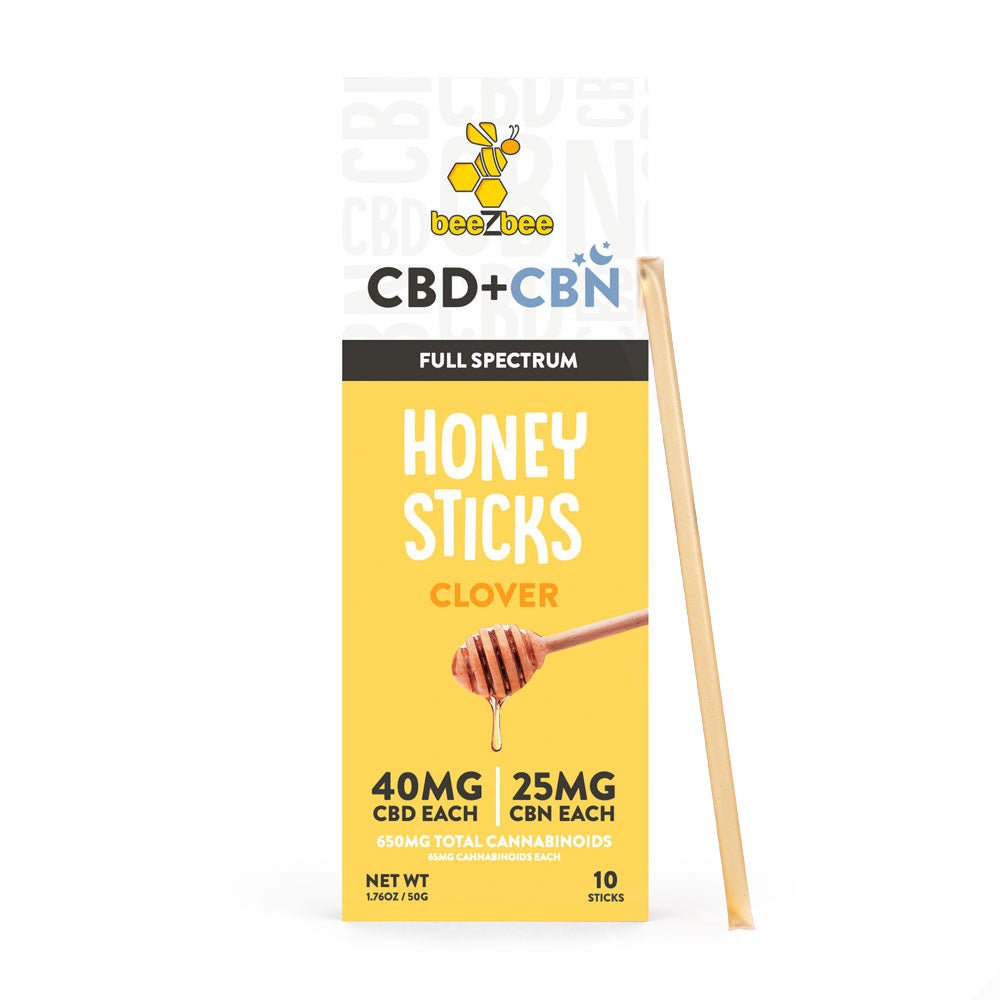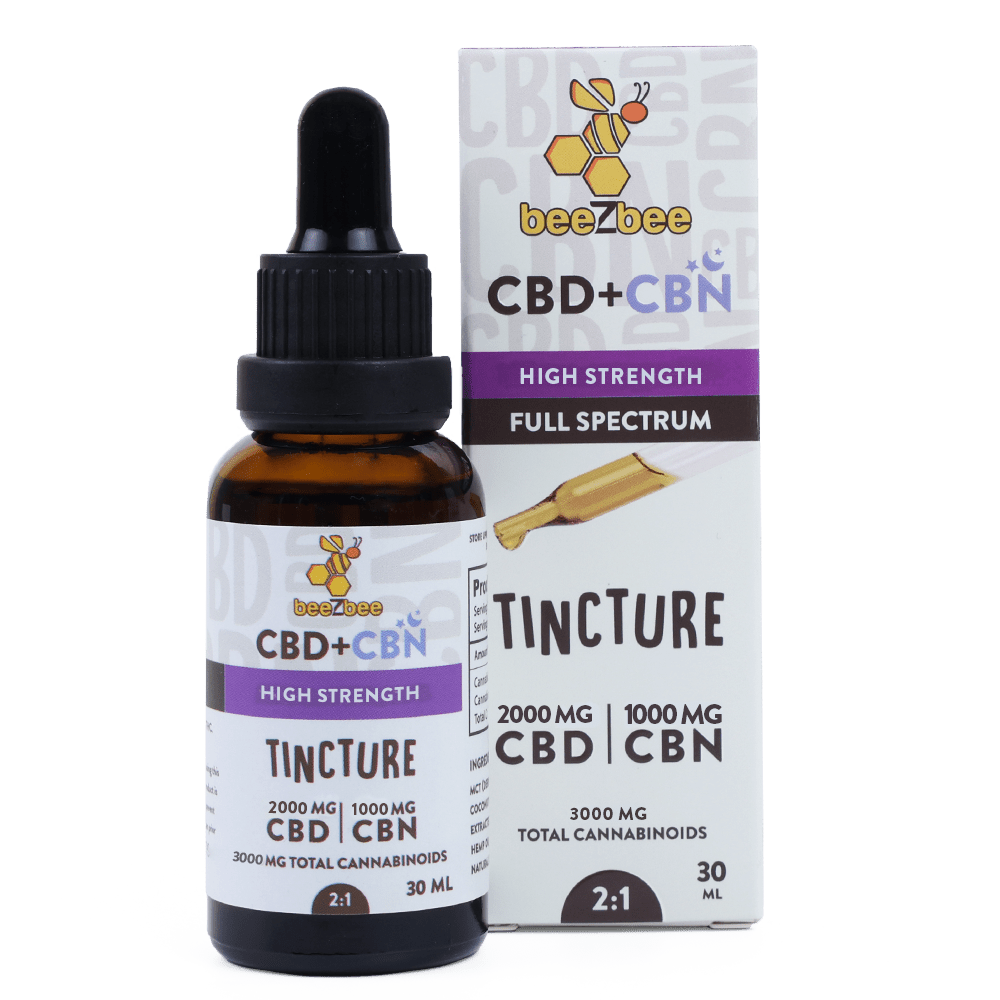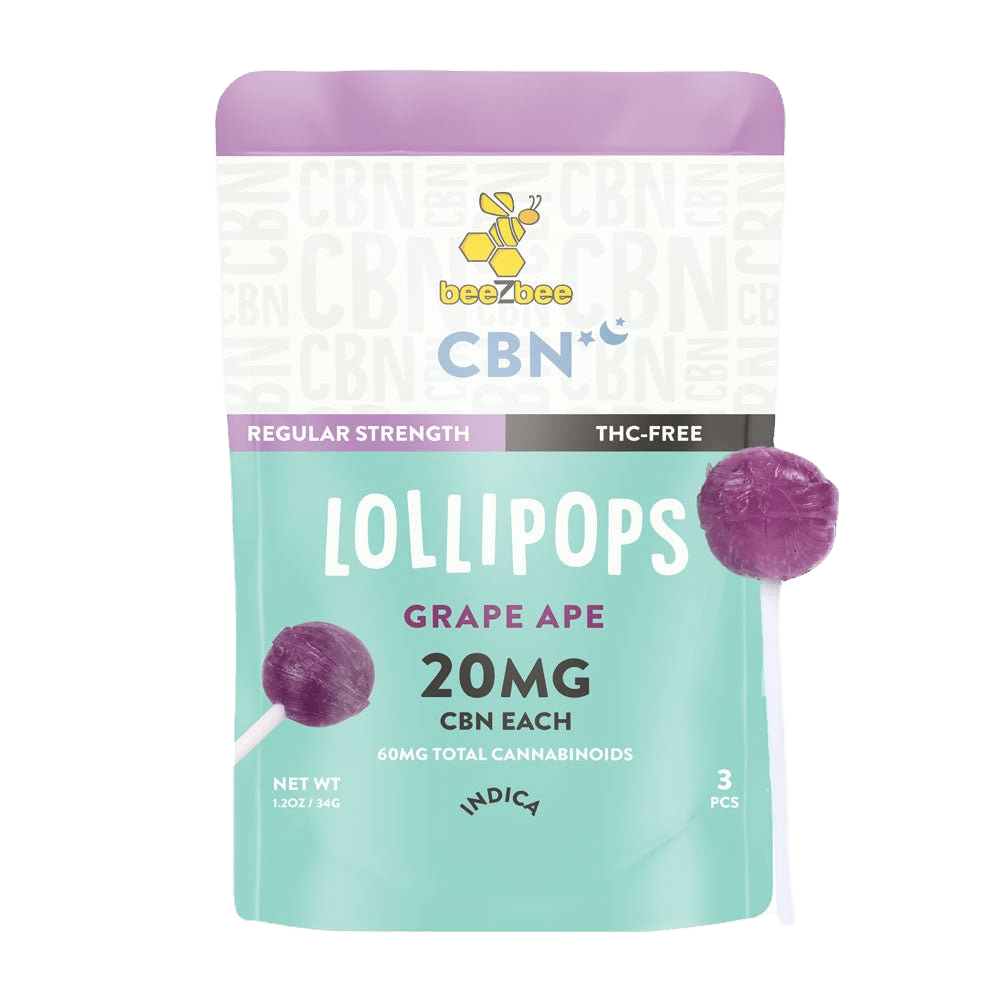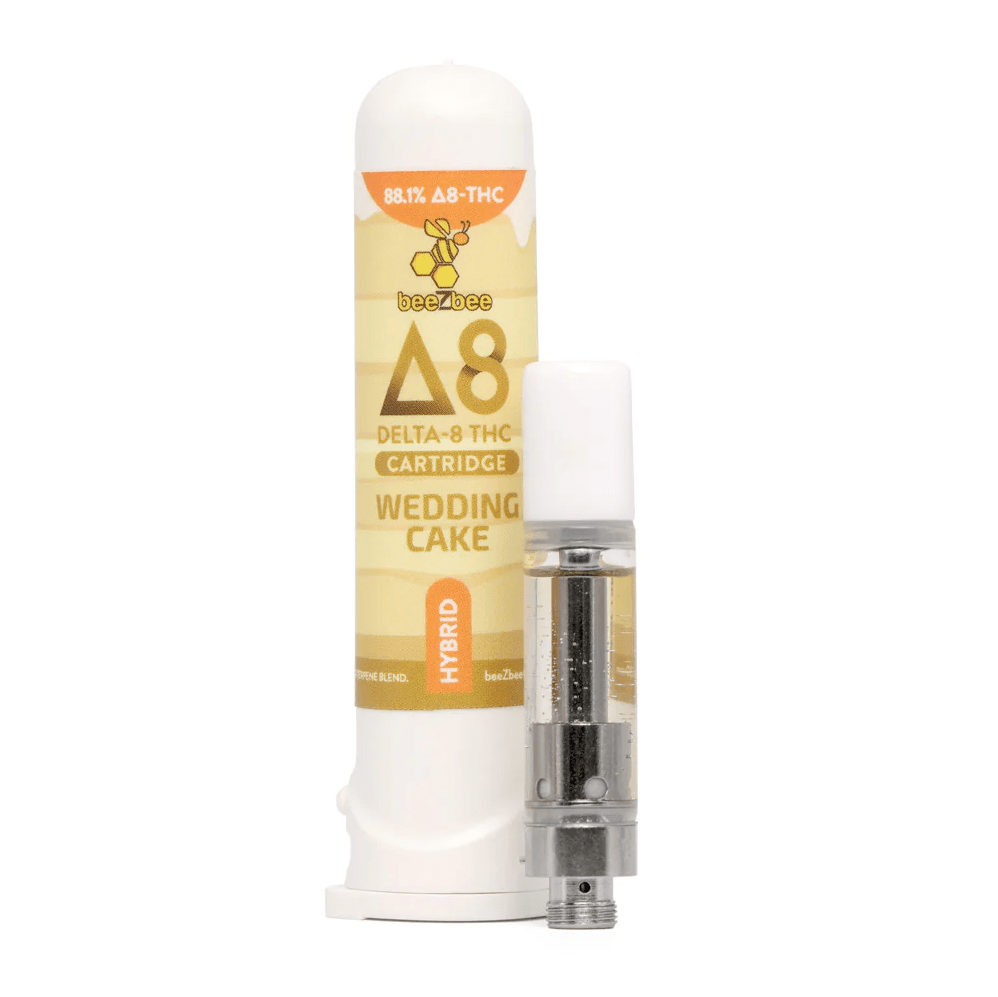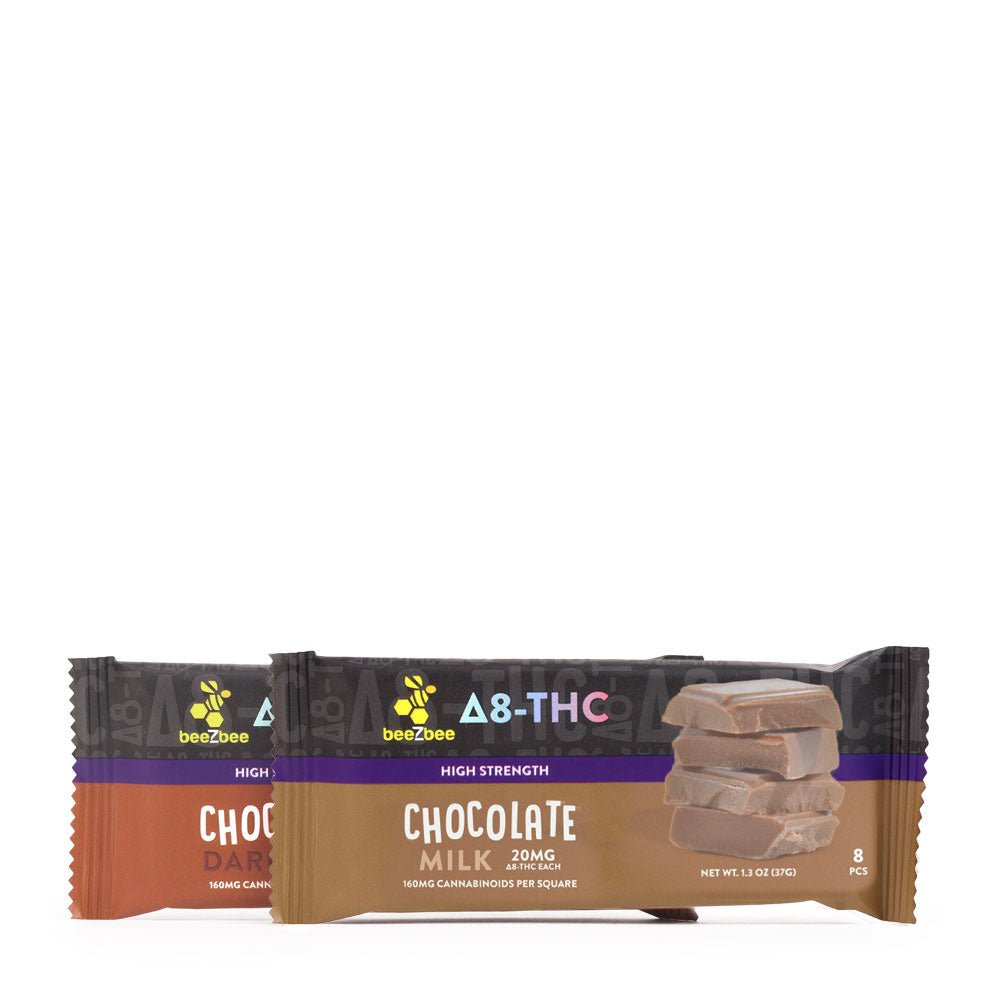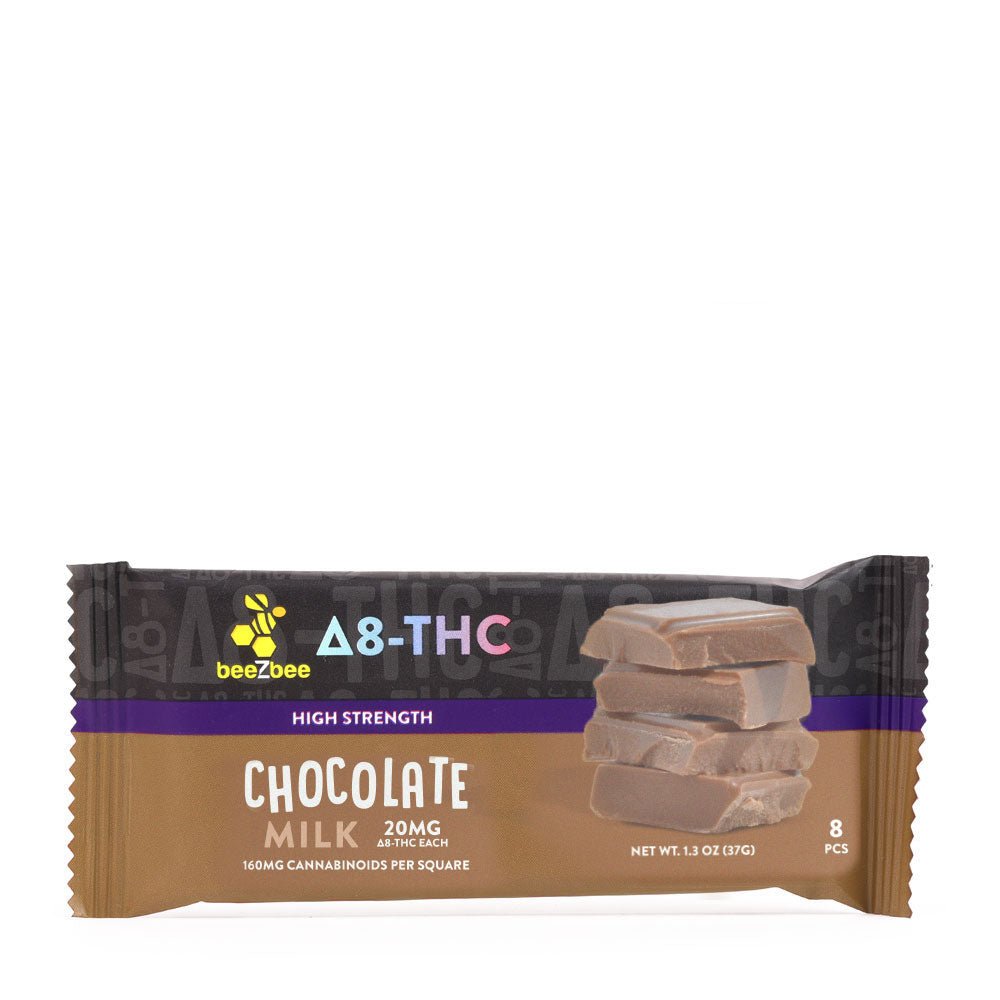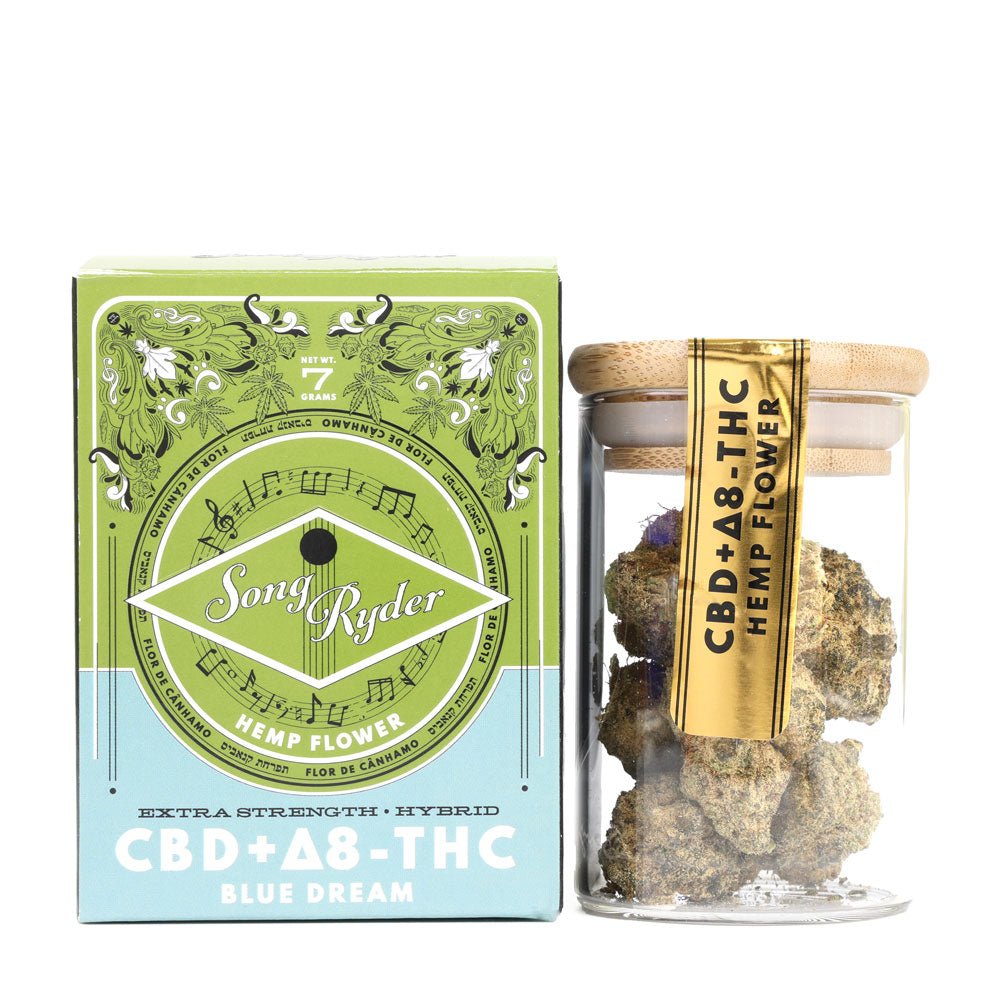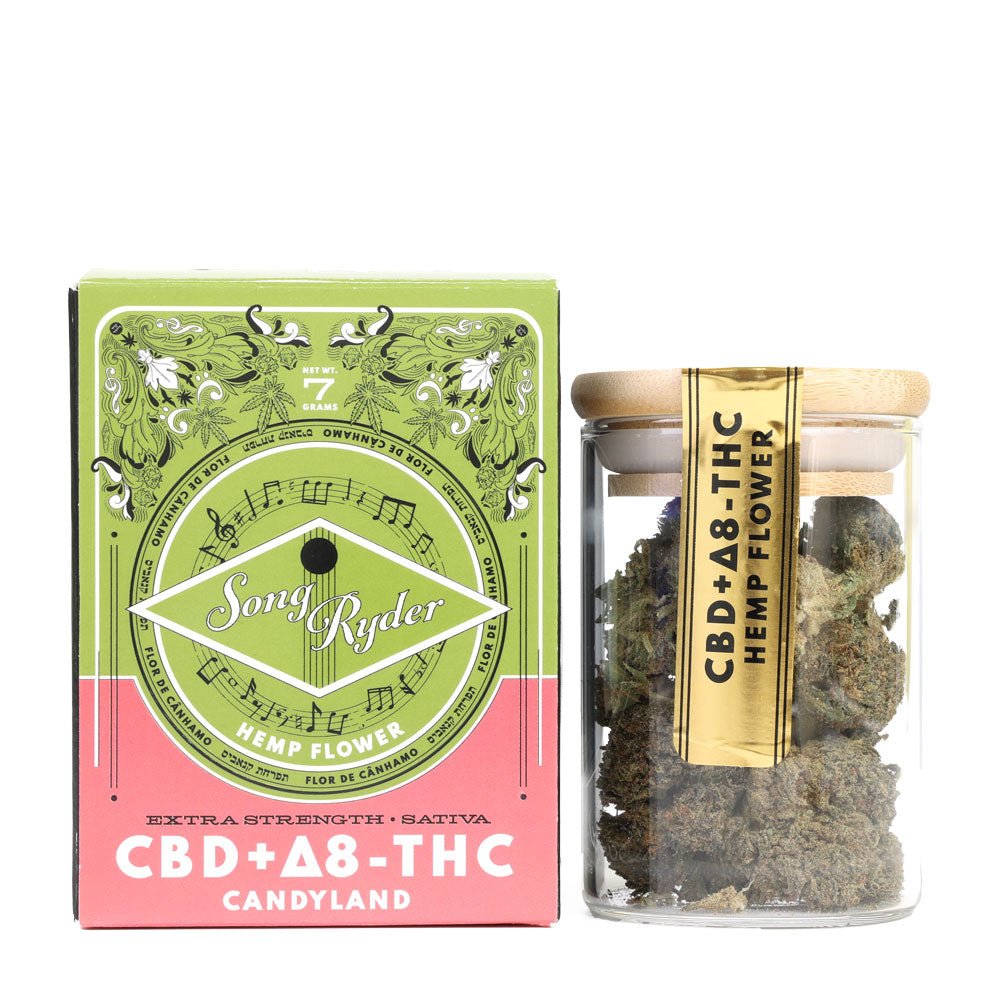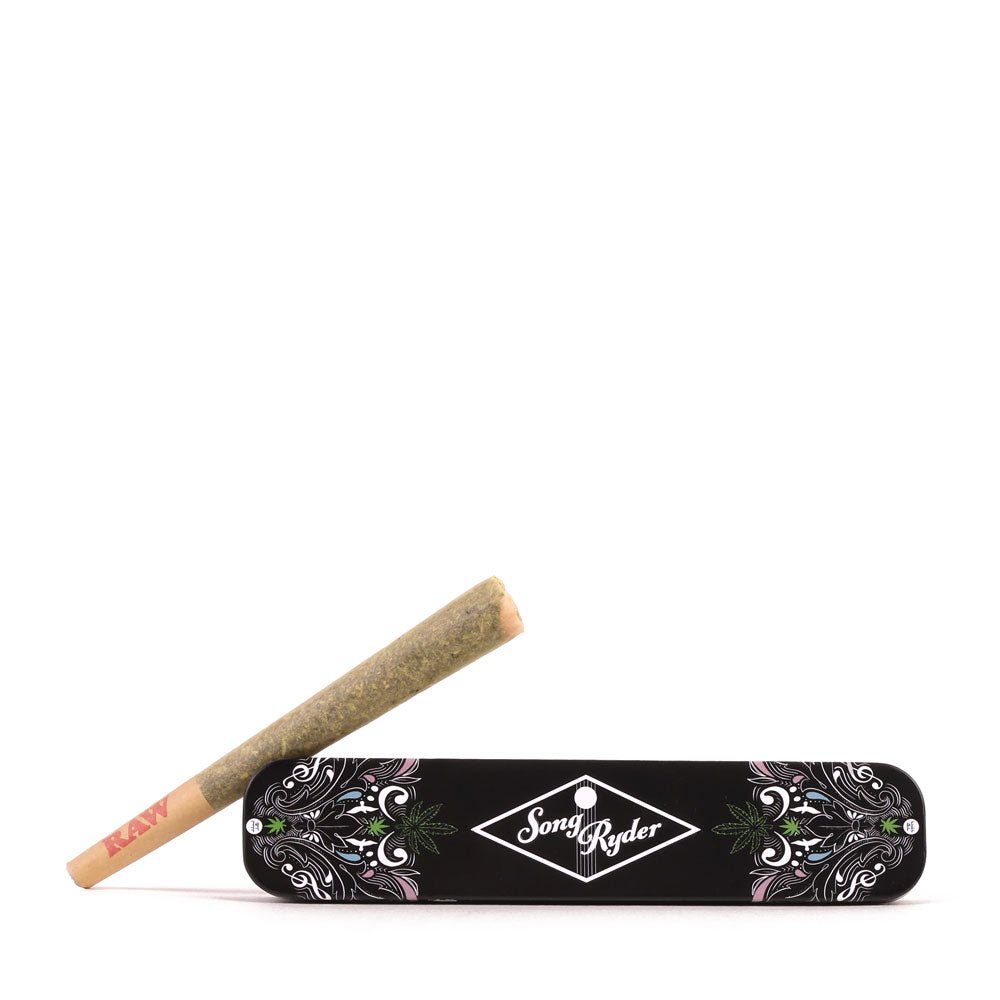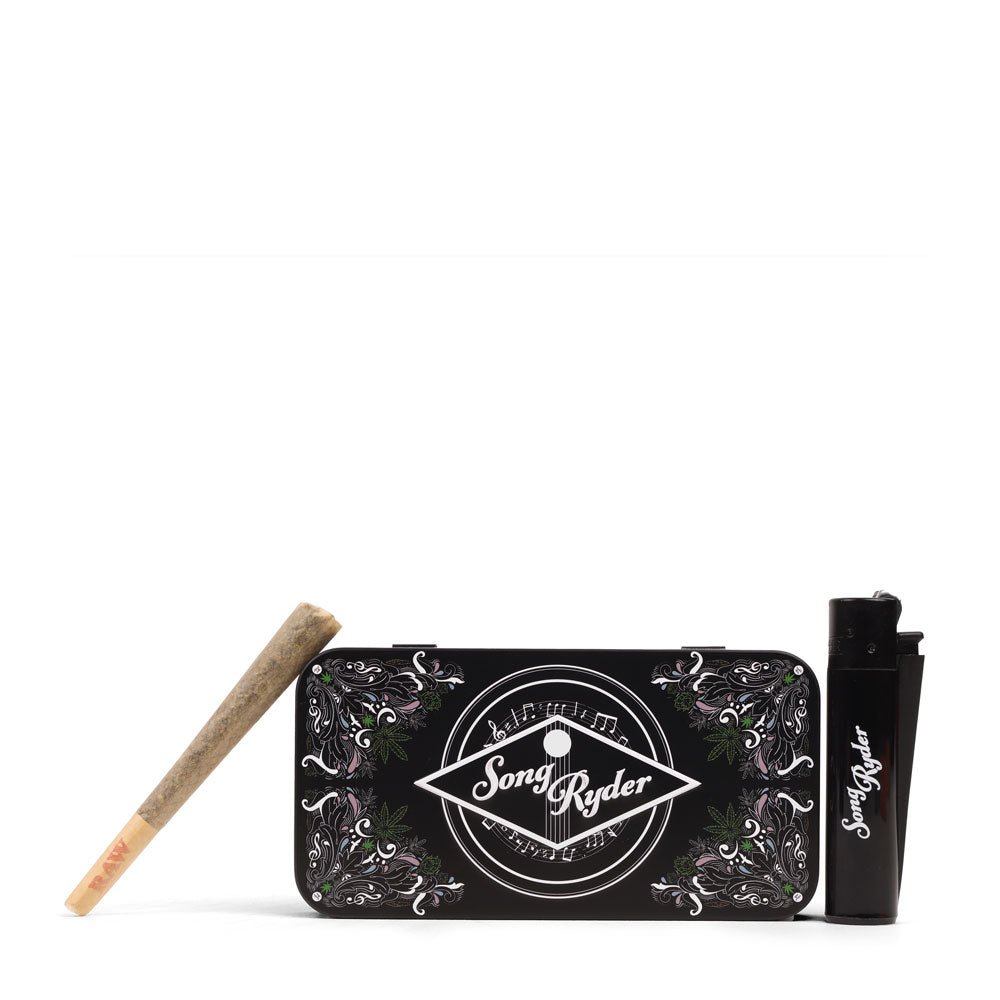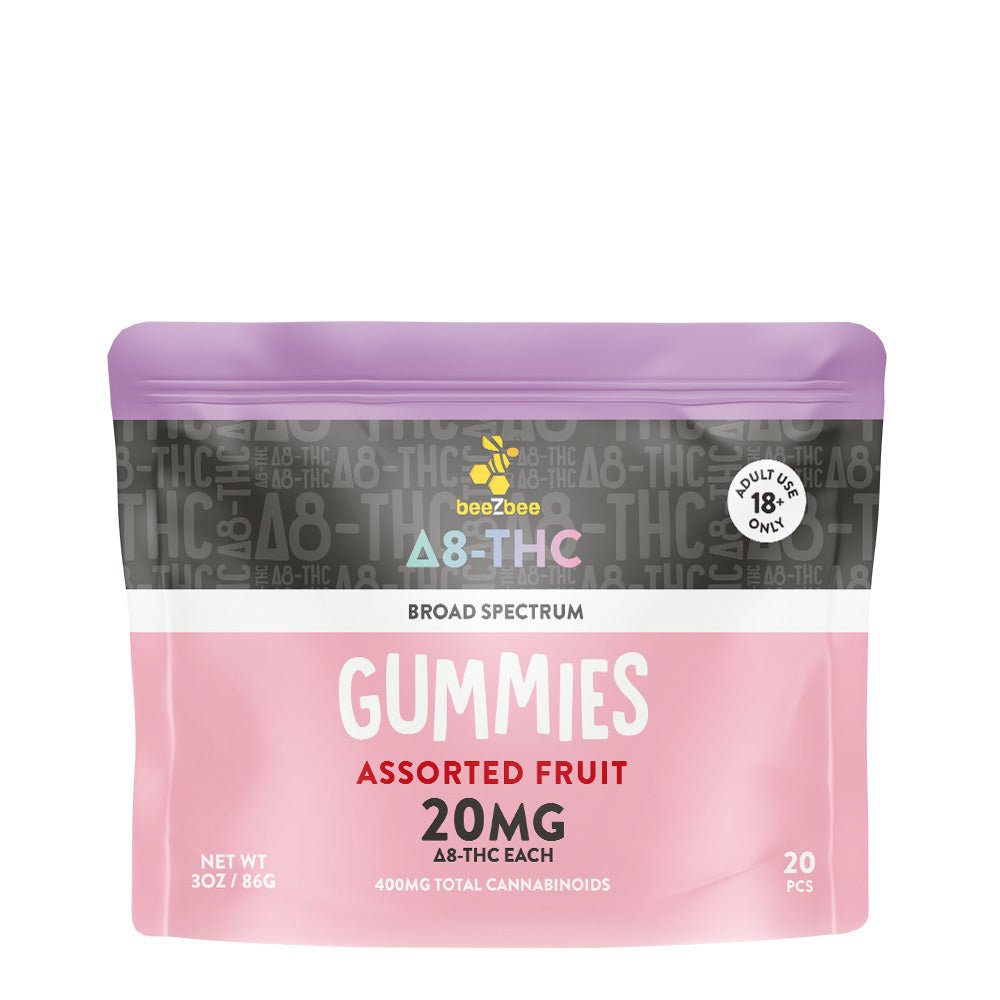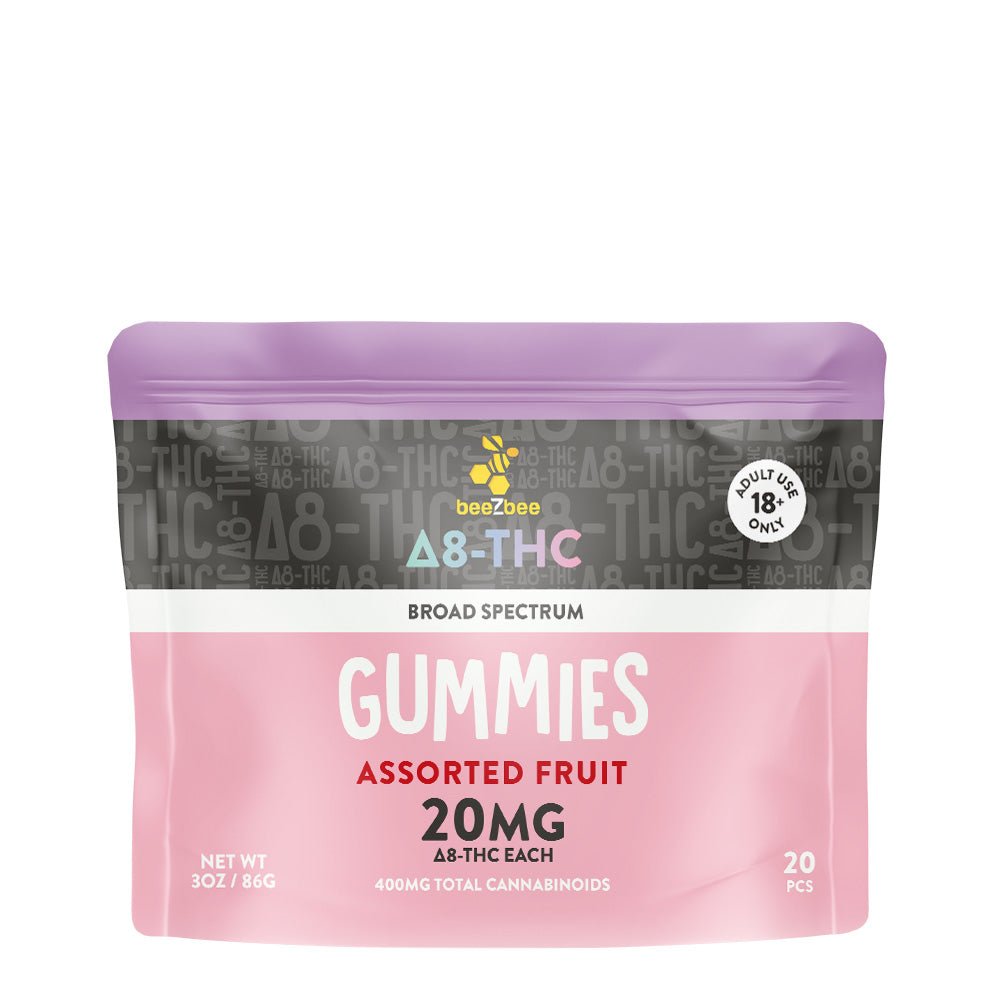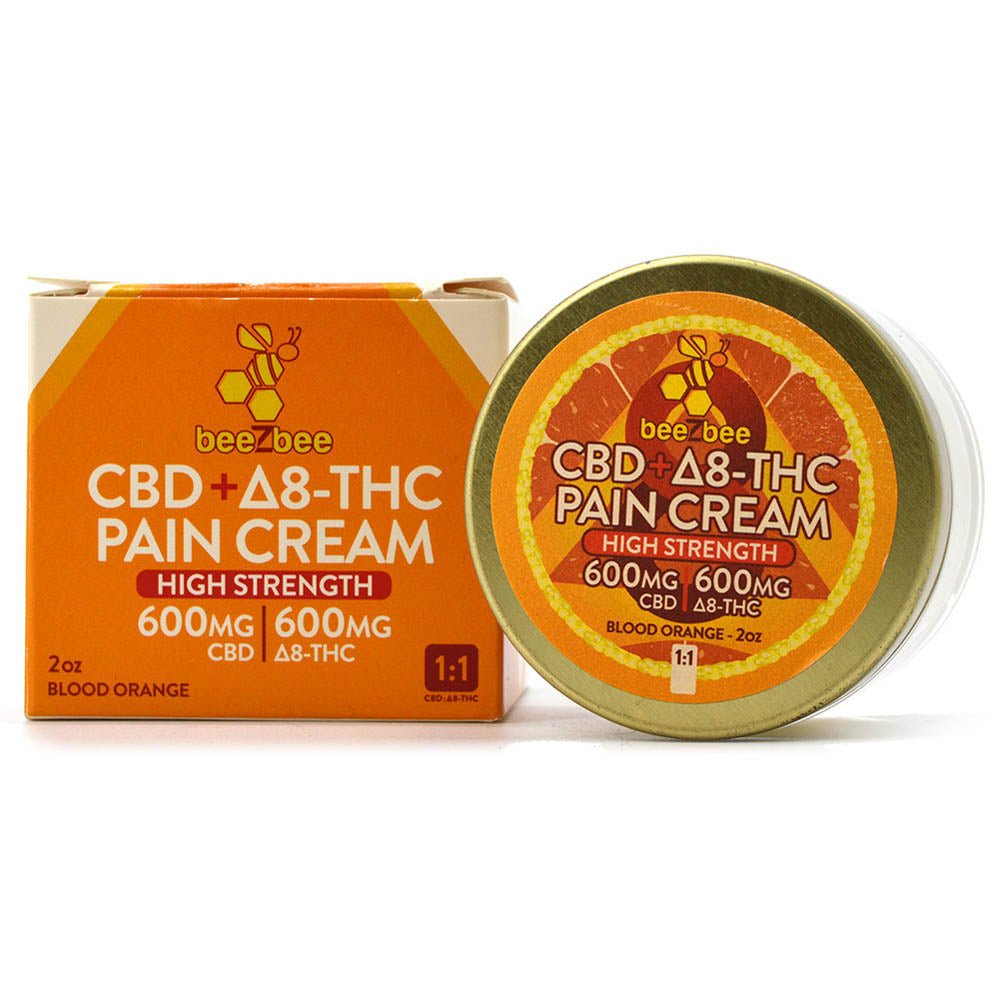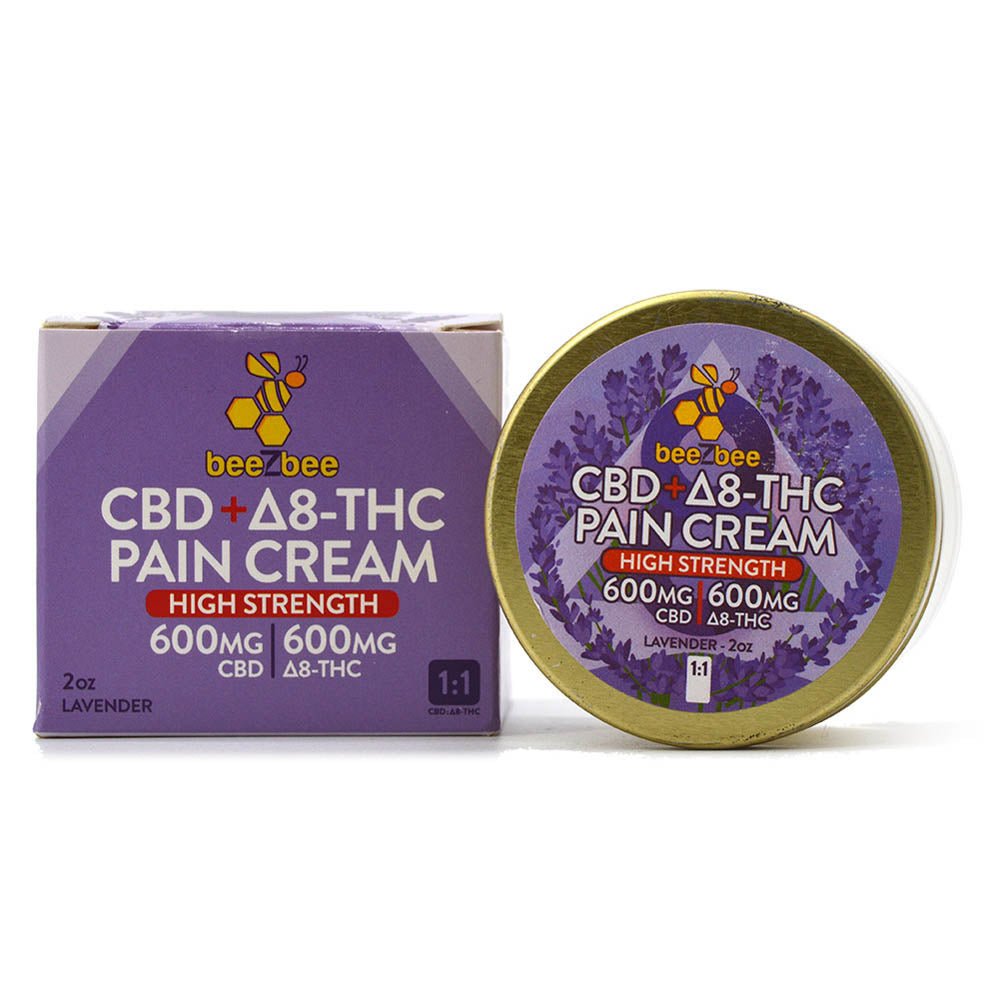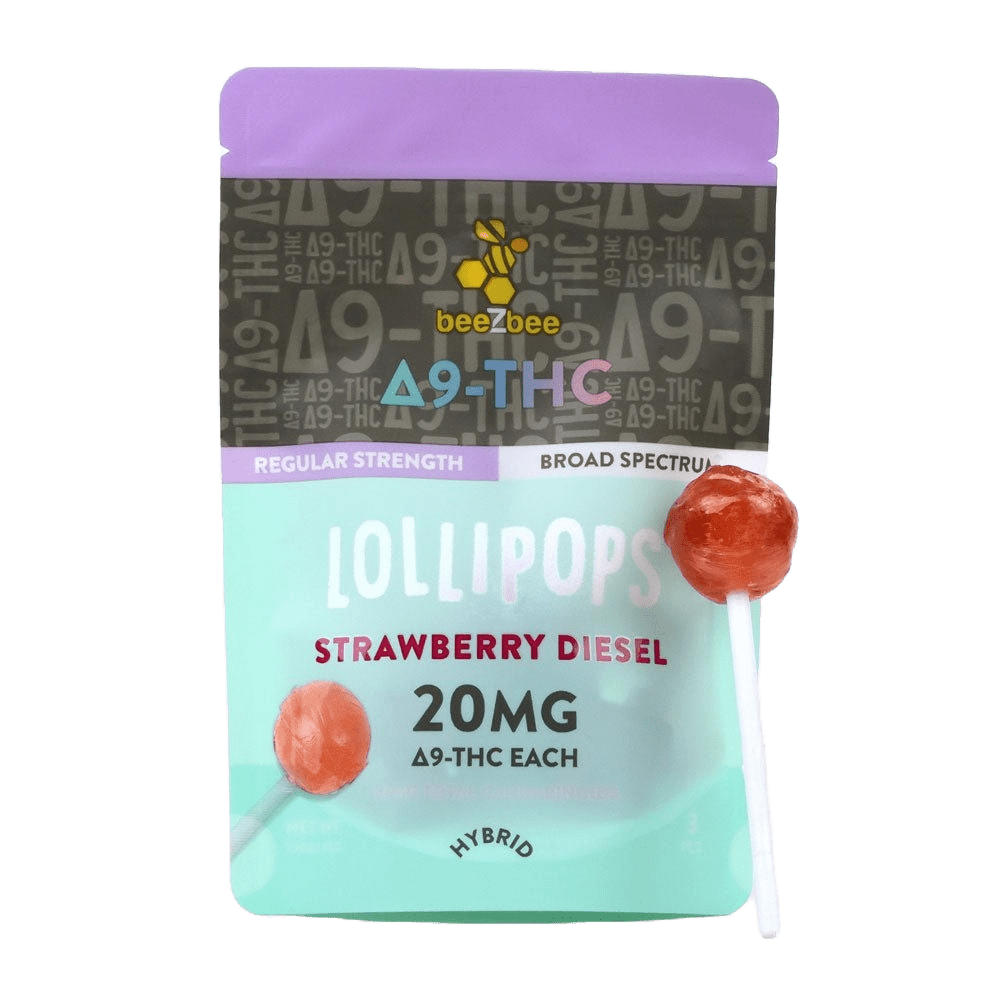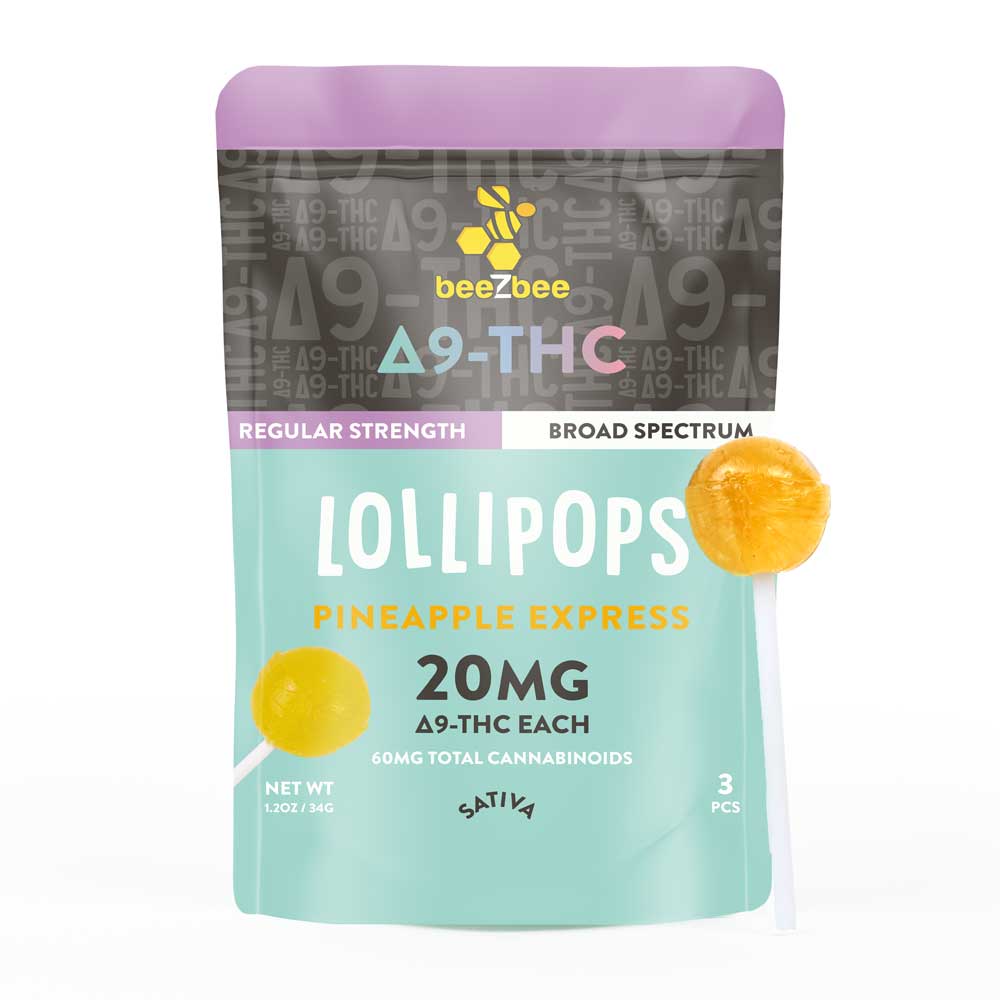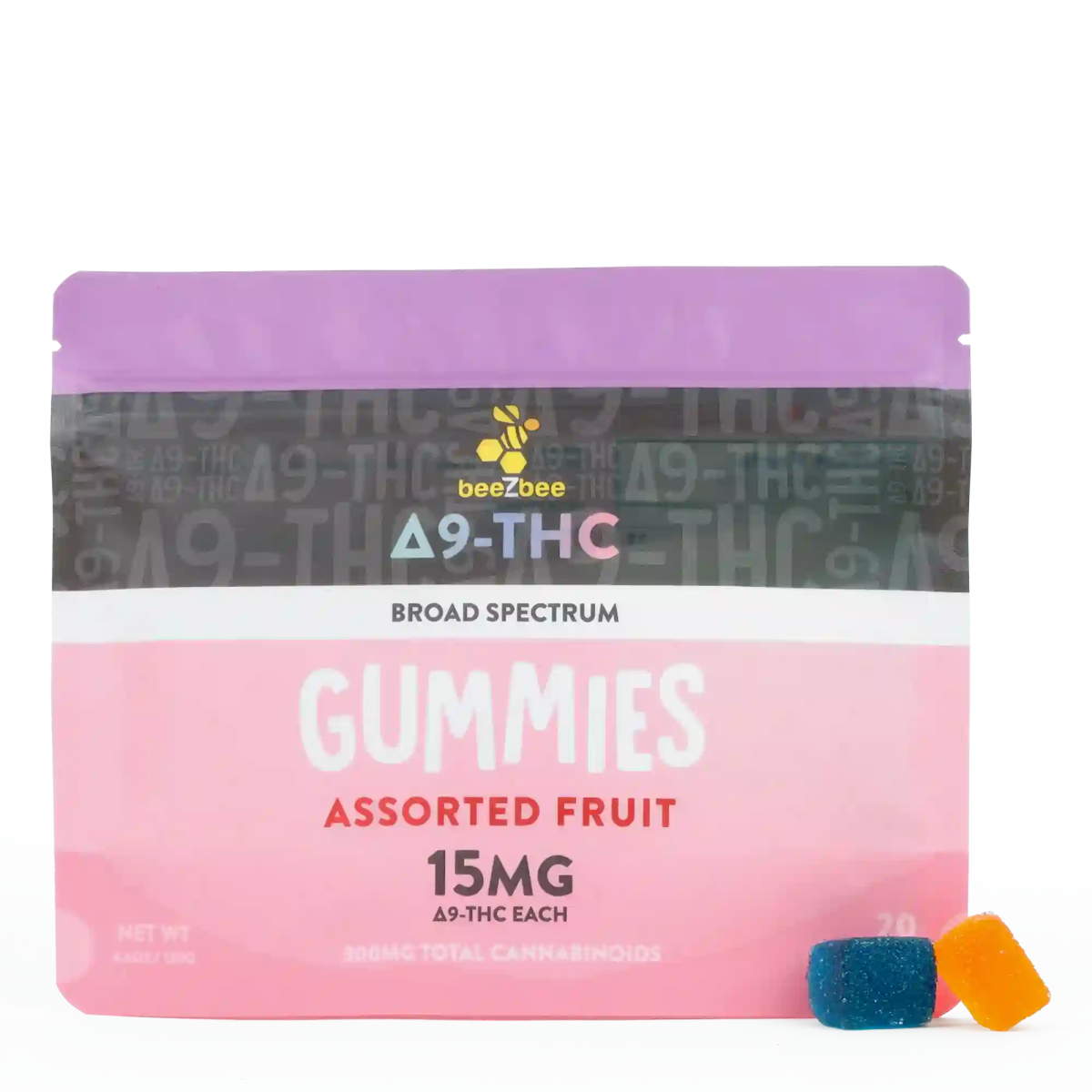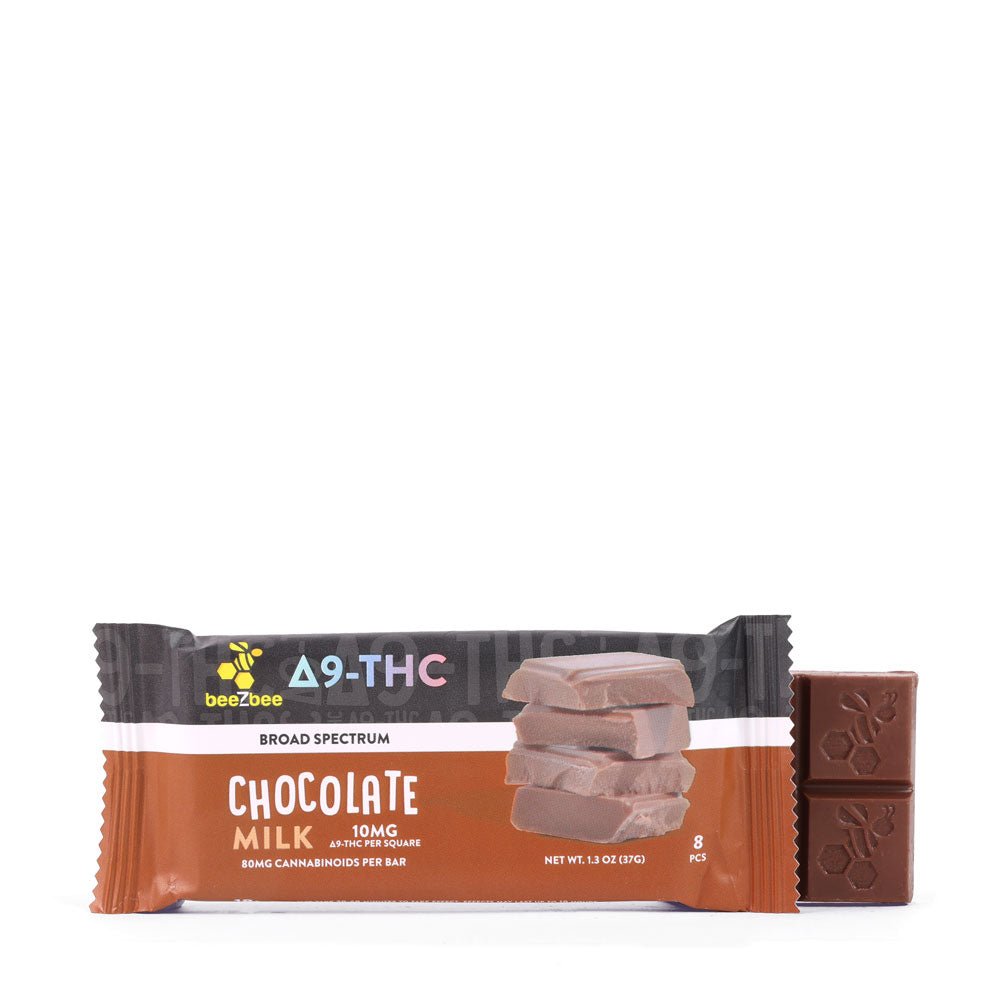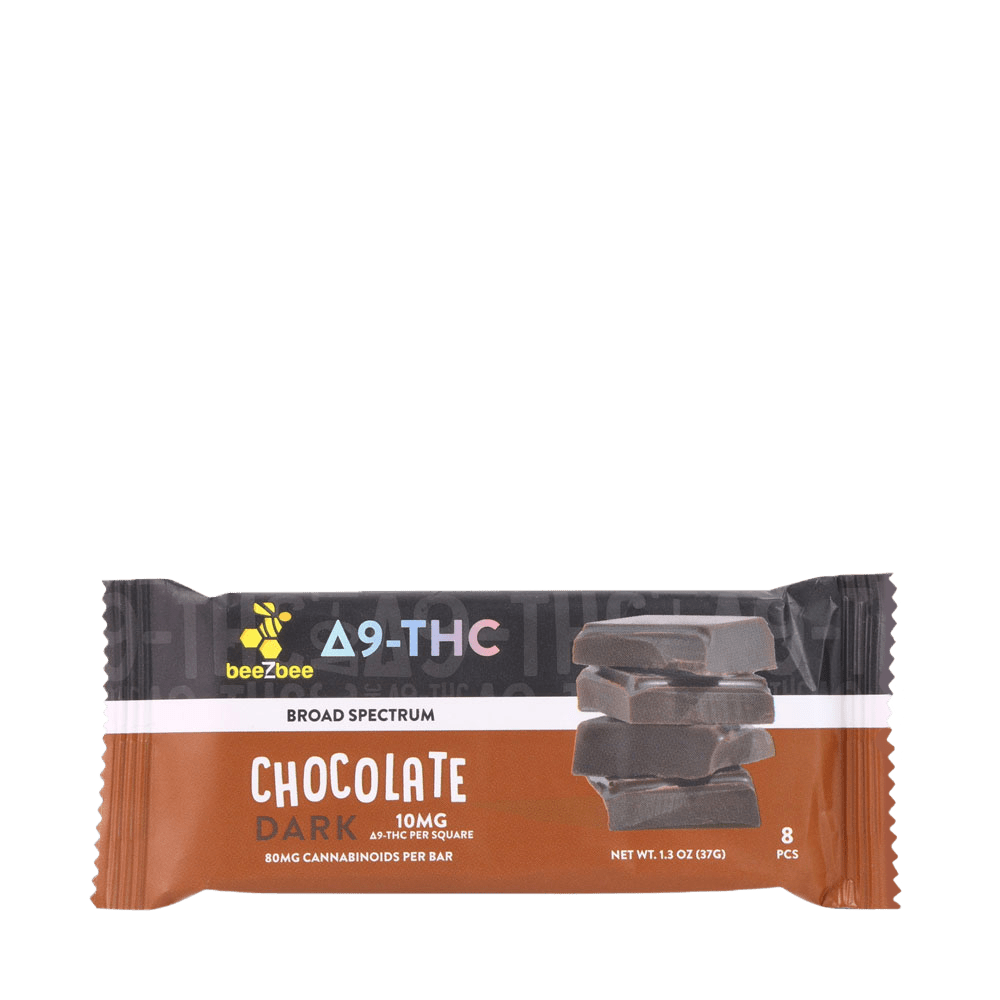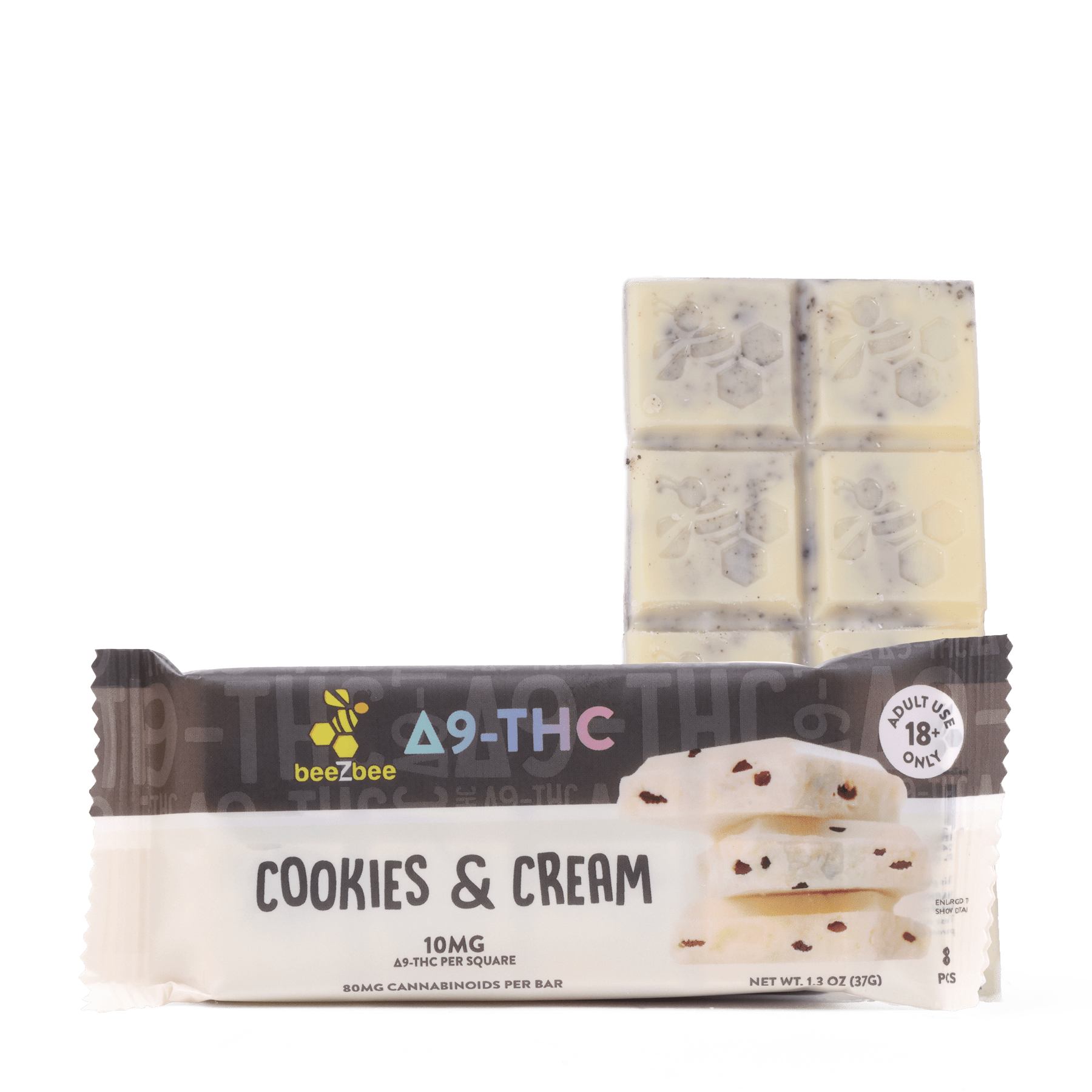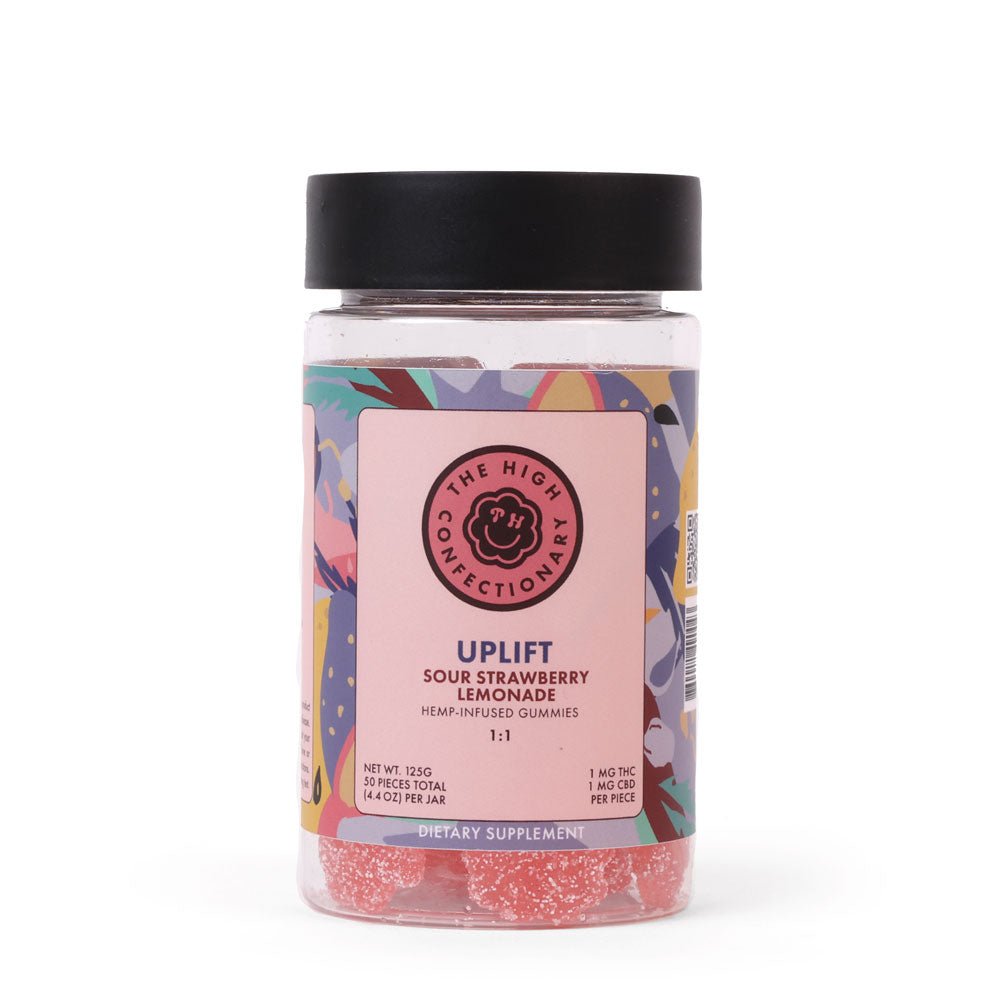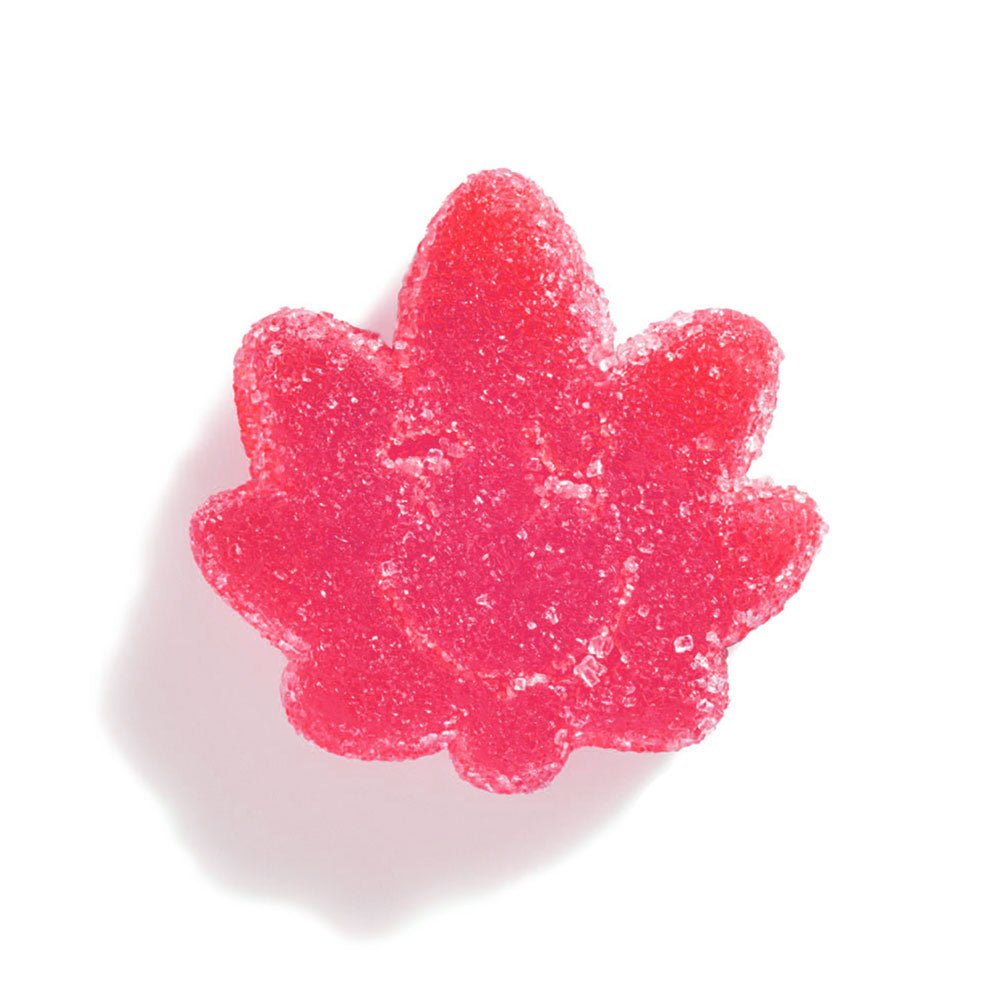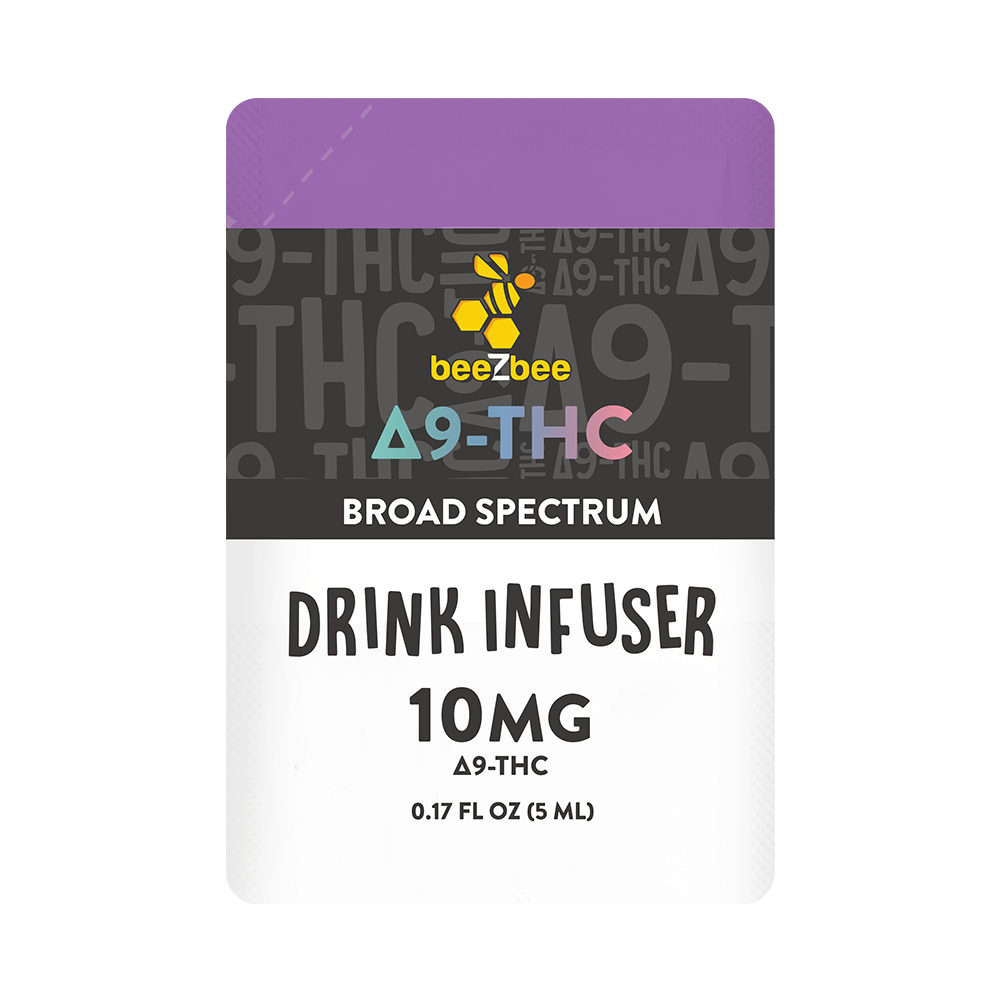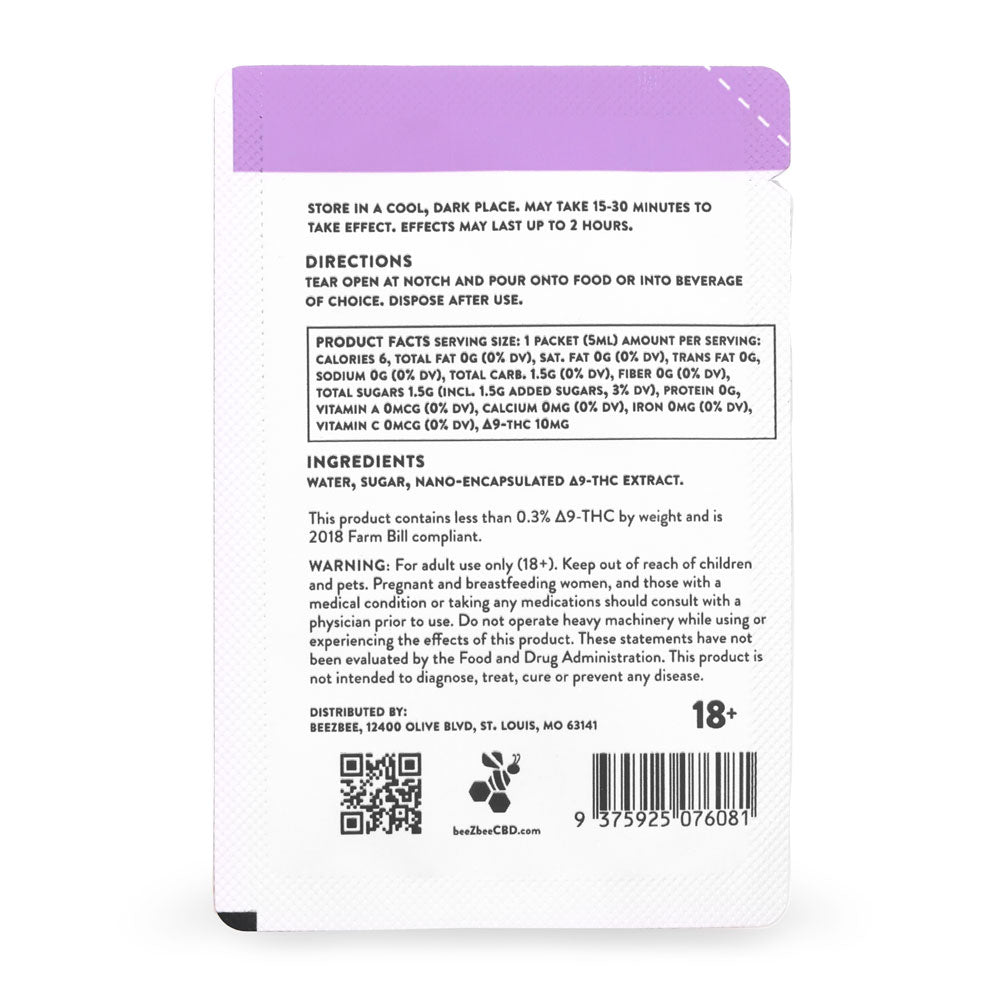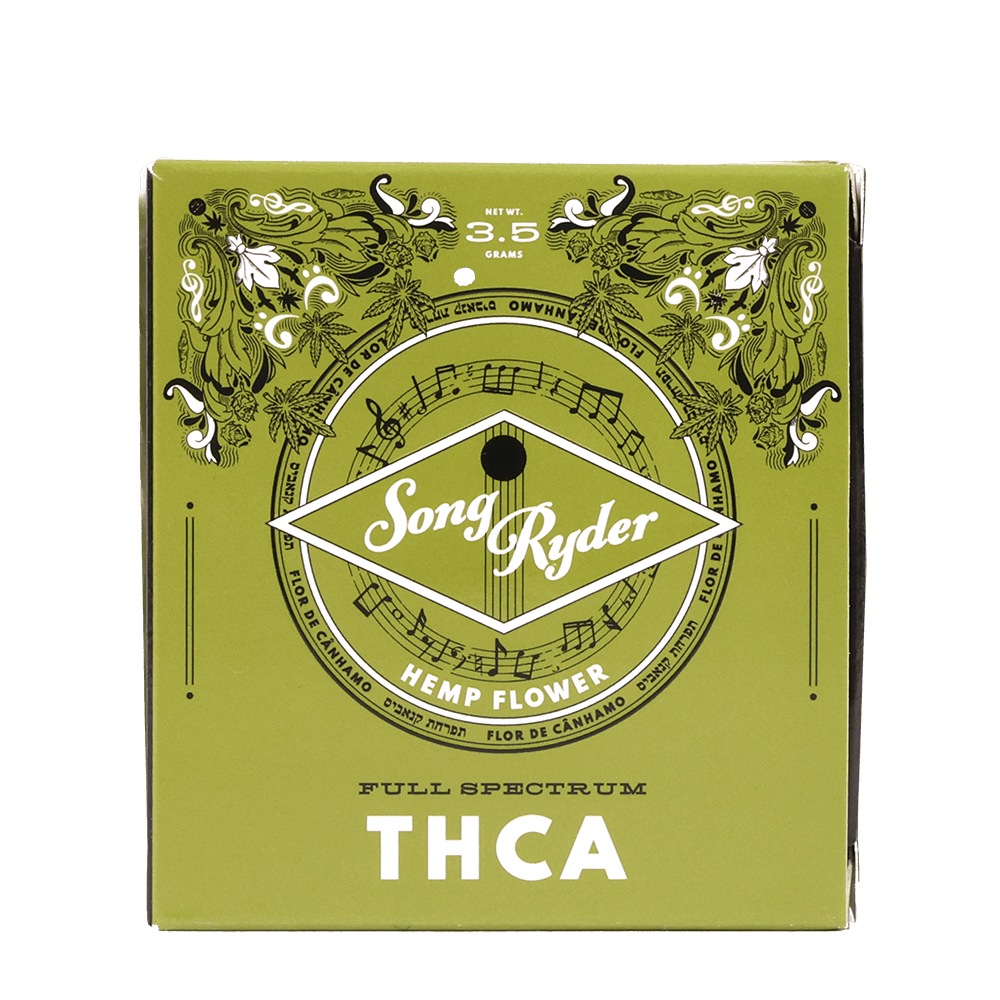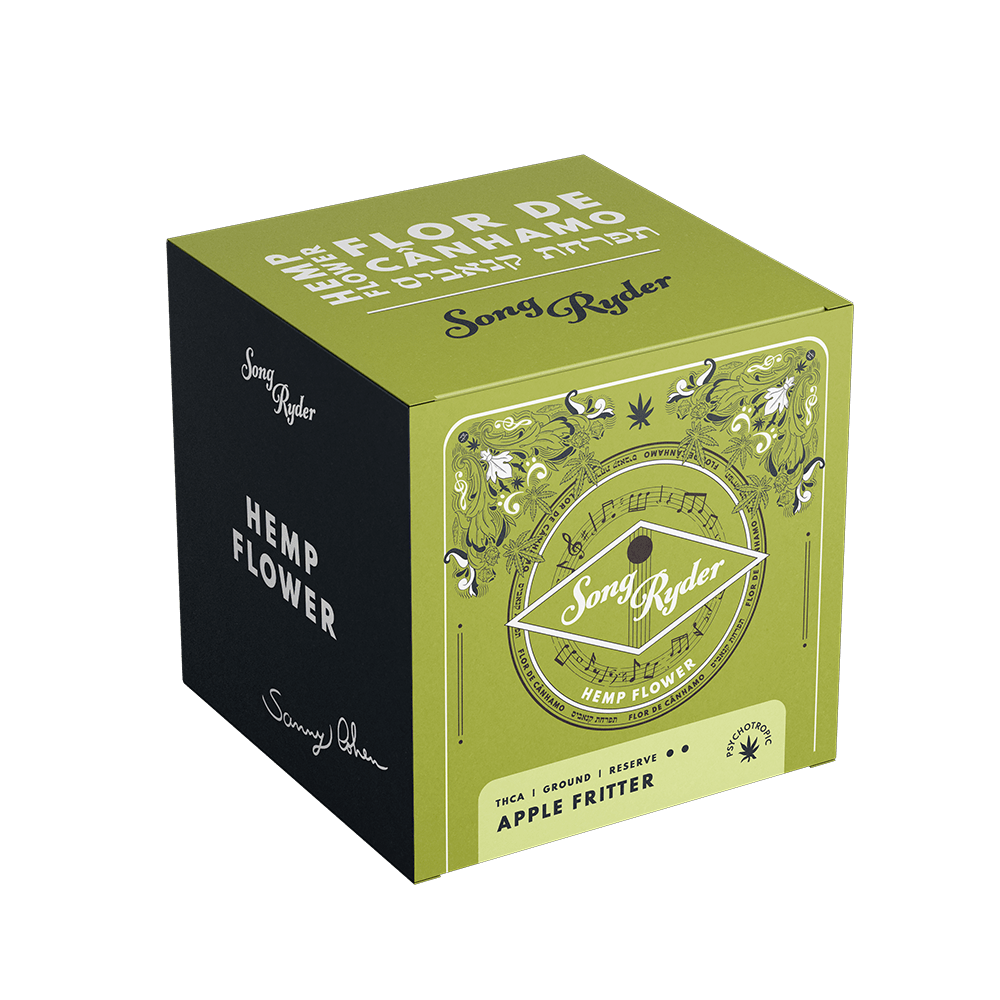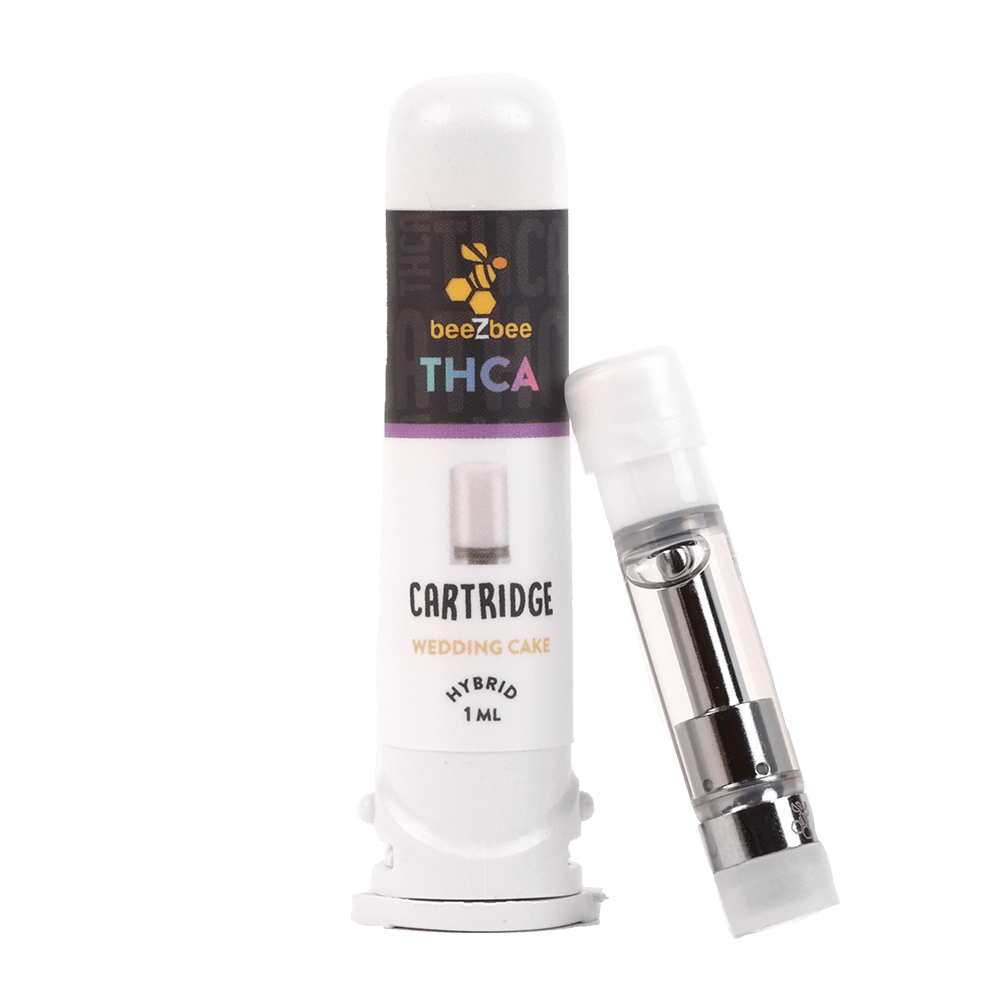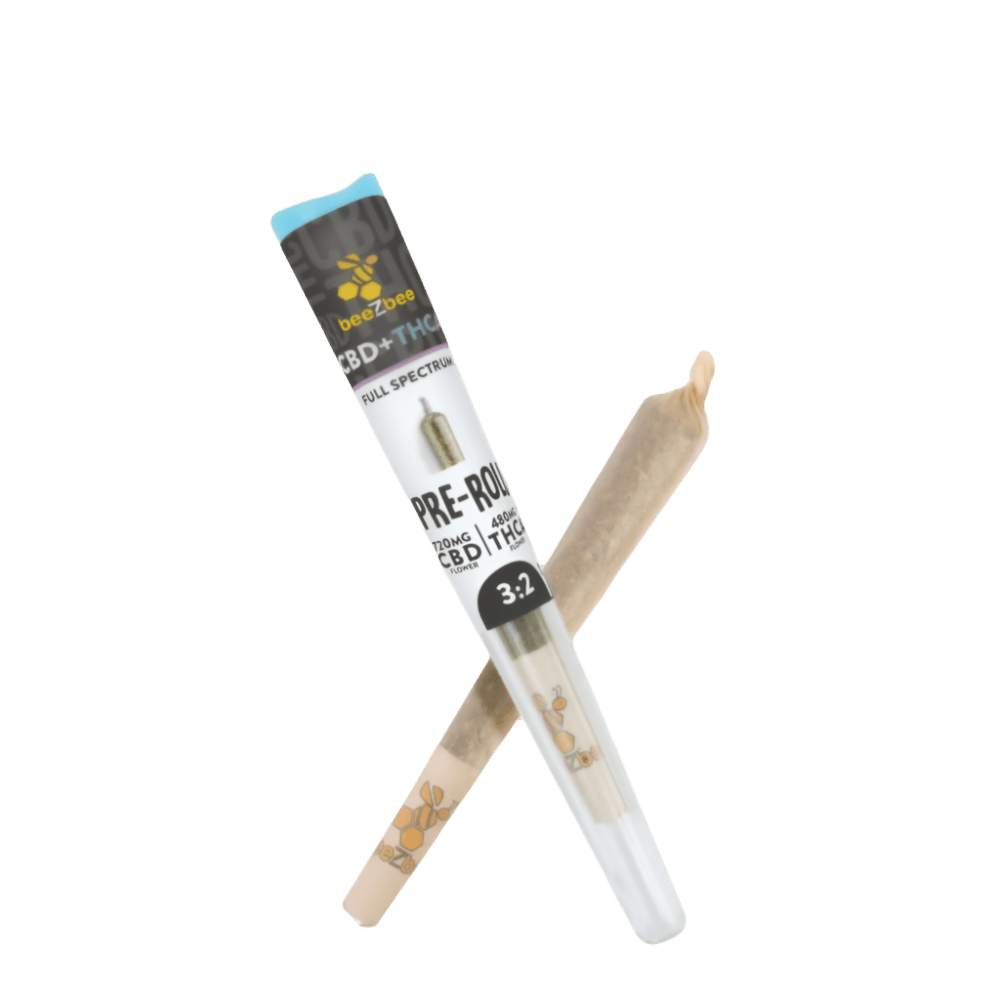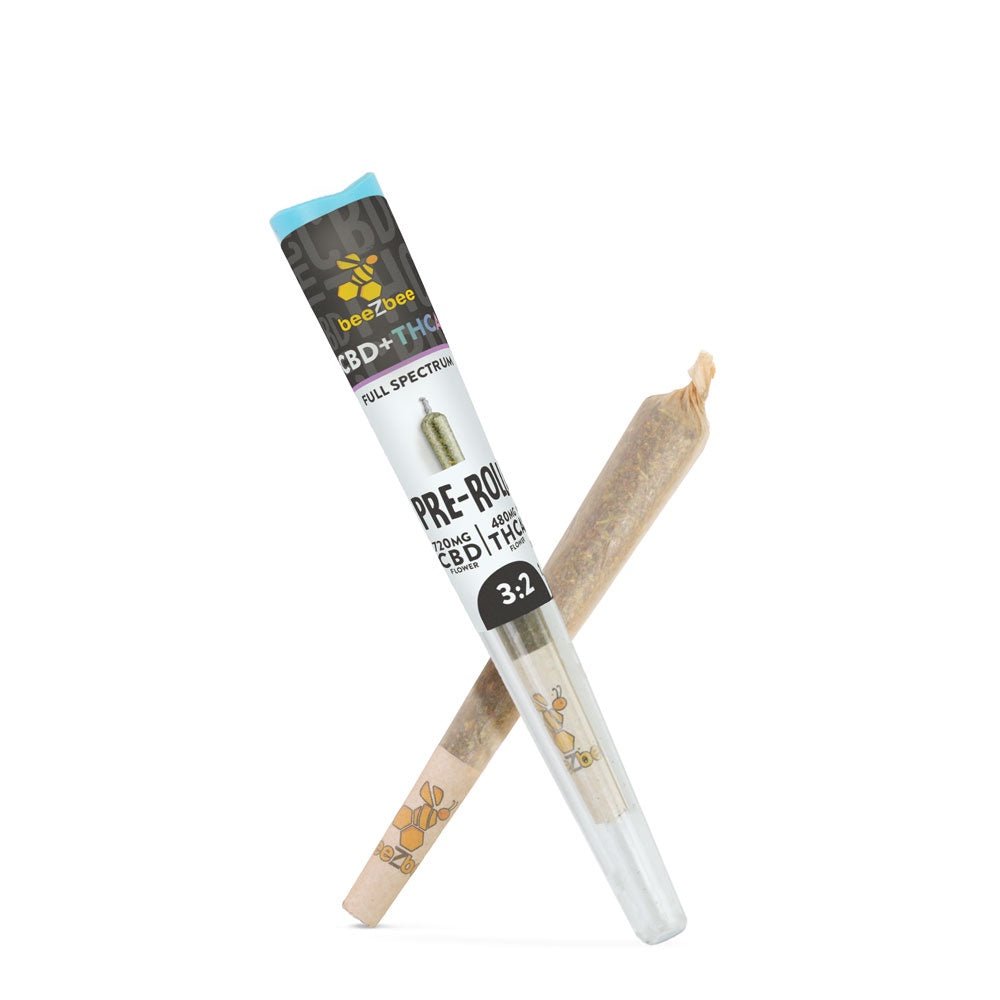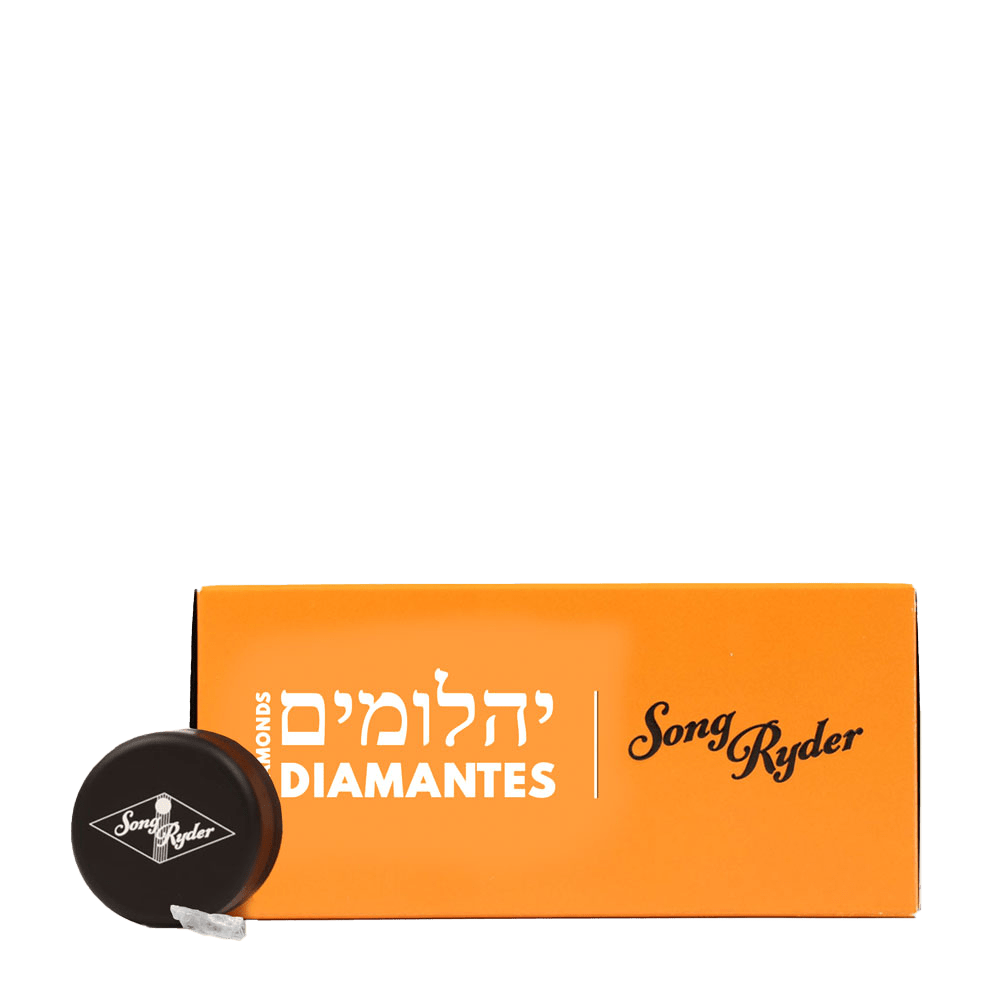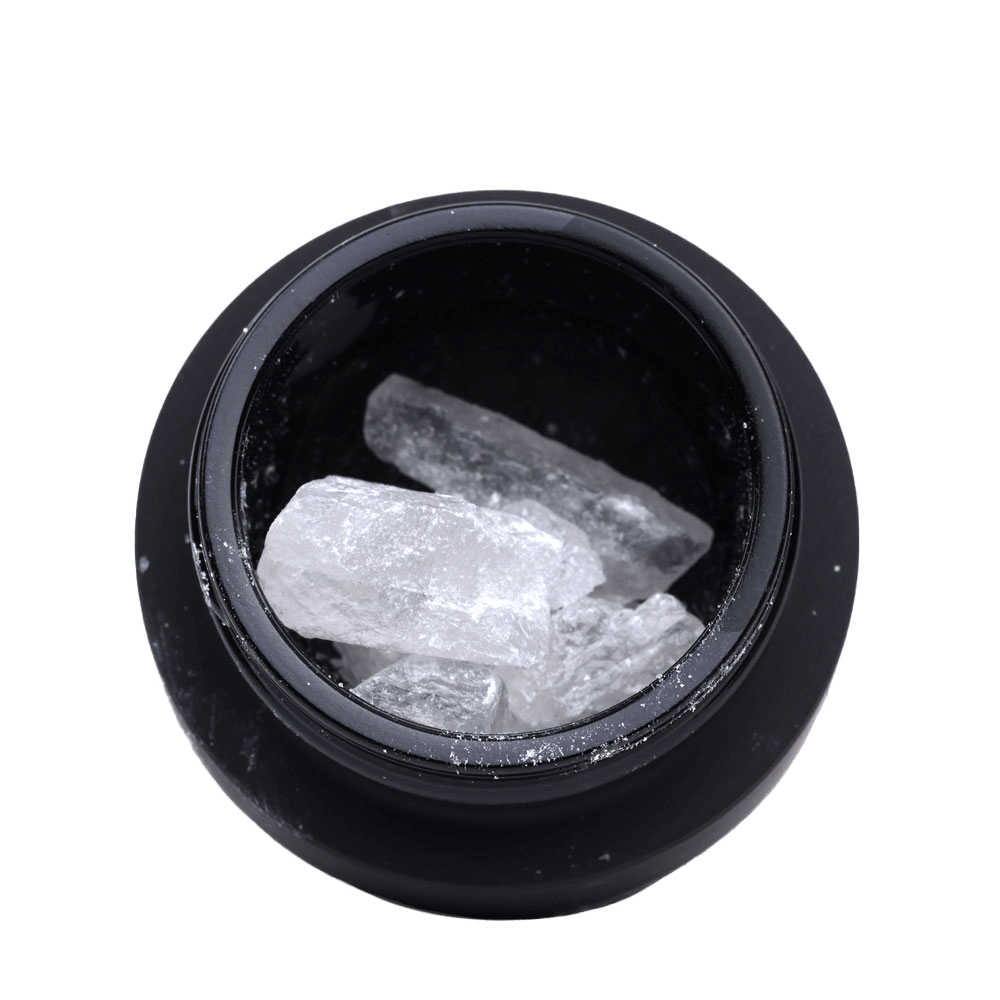Discover the power of the plant
CANNABIS GUIDE
Explore how different cannabinoids may support your mood, sleep, focus, and more — one guide, endless possibilities.
Federally Legal
At CBD Kratom, all our cannabis products are hemp-derived and federally legal under the 2018 Farm Bill, containing less than 0.3% Delta-9 THC by dry weight. That means we can ship to most U.S. states — no medical card needed. Age requirements may vary by state or city, so check local laws before buying. We’re proud to provide safe, compliant, and effective cannabis products you can trust.
The Bright Side Cannabinoid
CBC
Cannabichromene (CBC), is a non-psychotropic cannabinoid known for its potential anti-inflammatory, anti-acne, and mood-boosting benefits. It may also support respiratory health and promote relaxation. CBC works with the body’s endocannabinoid system to help maintain balance by interacting with key receptors like CB2 and TRPV1. When paired with other cannabinoids, CBC may contribute to the “entourage effect,” enhancing overall effects.
The Everyday Balancer
CBD
Cannabidiol (CBD) is a non-psychotropic compound found in hemp that may help reduce stress, ease pain, and support better sleep and overall wellness. It interacts with the body’s endocannabinoid system to help maintain balance and can also influence serotonin, and dopamine. Available in many forms, CBD offers flexible options based on your needs.
The Foundation Cannabinoid
CBG
Cannabigerol (CBG), is a non-psychotropic cannabinoid known as “the mother of all cannabinoids” because it helps form other key compounds like THC and CBD. It may support balance in the body by interacting with receptors that regulate mood, pain, and inflammation. CBG is also known for its potential to ease nausea, promote relaxation, and support skincare and bone health. Many products combine CBG with other cannabinoids, like CBD, to create an “entourage effect” that may enhance overall benefits.
The Bedtime Cannabinoid
CBN
Cannabinol (CBN) is a non-psychotropic cannabinoid that forms when Delta-9 THC ages and oxidizes. Often called “the bedtime cannabinoid,” CBN is associated with calming effects that may support better sleep. It may also offer other potential benefits, including appetite pain relief, anti-inflammatory, and antibacterial properties.
CBN interacts with the body’s endocannabinoid system, particularly CB1 and CB2 receptors, which help regulate balance in systems like immunity, digestion, and sleep. Many people find CBN helpful before bed to unwind and feel more rested, but individual responses vary.
CBN is often combined with other cannabinoids like CBD to create an entourage effect, potentially enhancing the effects of all included compounds.
The Chill Companion
Delta-8 THC
Delta-8 THC is a hemp-derived cannabinoid with psychotropic properties, similar to Delta-9 THC but typically producing more subtle effects. It may help promote relaxation, calm clarity, and stress relief without impairing focus. Delta-8 THC interacts with the body’s endocannabinoid system, binding to CB1 and CB2 receptors, and may offer a gradual, mellow experience compared to the more intense effects of Delta-9 THC. Some users find Delta-8 THC helpful for mood, appetite, or discomfort. For a balanced experience, consider combining Delta-8 with CBD for the entourage effect.
The Classic Experience
Delta-9 THC
Delta-9 THC is the main psychotropic compound in cannabis, known for potential euphoric, relaxing, and mood-boosting effects. Unlike CBD, which is non-psychotropic, Delta-9 THC may help enhance creativity, relieve pain, aid sleep, and reduce stress. It forms when THCa is heated—a process called decarboxylation—and interacts with CB1 receptors in the brain to deliver its signature effects.
Many find Delta-9 helpful for wellness, but experiences vary. Starting with a low dose is best, especially since potential effects may take time to set in.
The Raw Potential
THCA
Tetrahydrocannabinolic Acid (THCA) is a non-psychotropic compound found in raw cannabis and the precursor to Delta-9 THC. In raw form, it does not produce a high because it doesn’t bind to CB1 receptors but may offer wellness benefits such as anti-inflammatory and neuroprotective effects, and support for nausea or digestive issues. When exposed to heat or light (decarboxylation), THCA converts into psychotropic Delta-9 THC. Though it doesn’t provide traditional relief, it may interact with the body’s systems to promote balance. THCA can also be combined with other cannabinoids, like CBD, to encourage an entourage effect and enhance overall wellness support.


